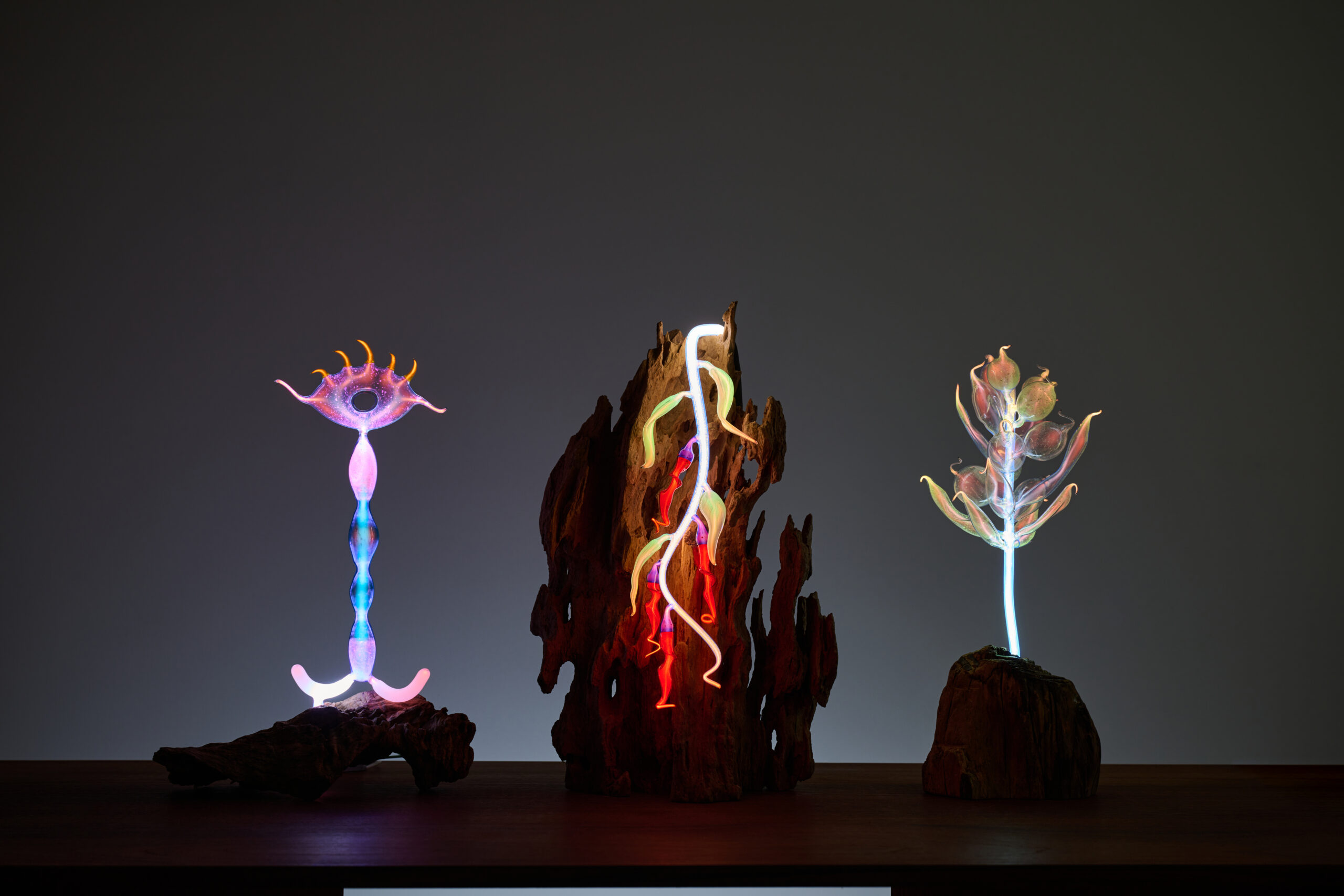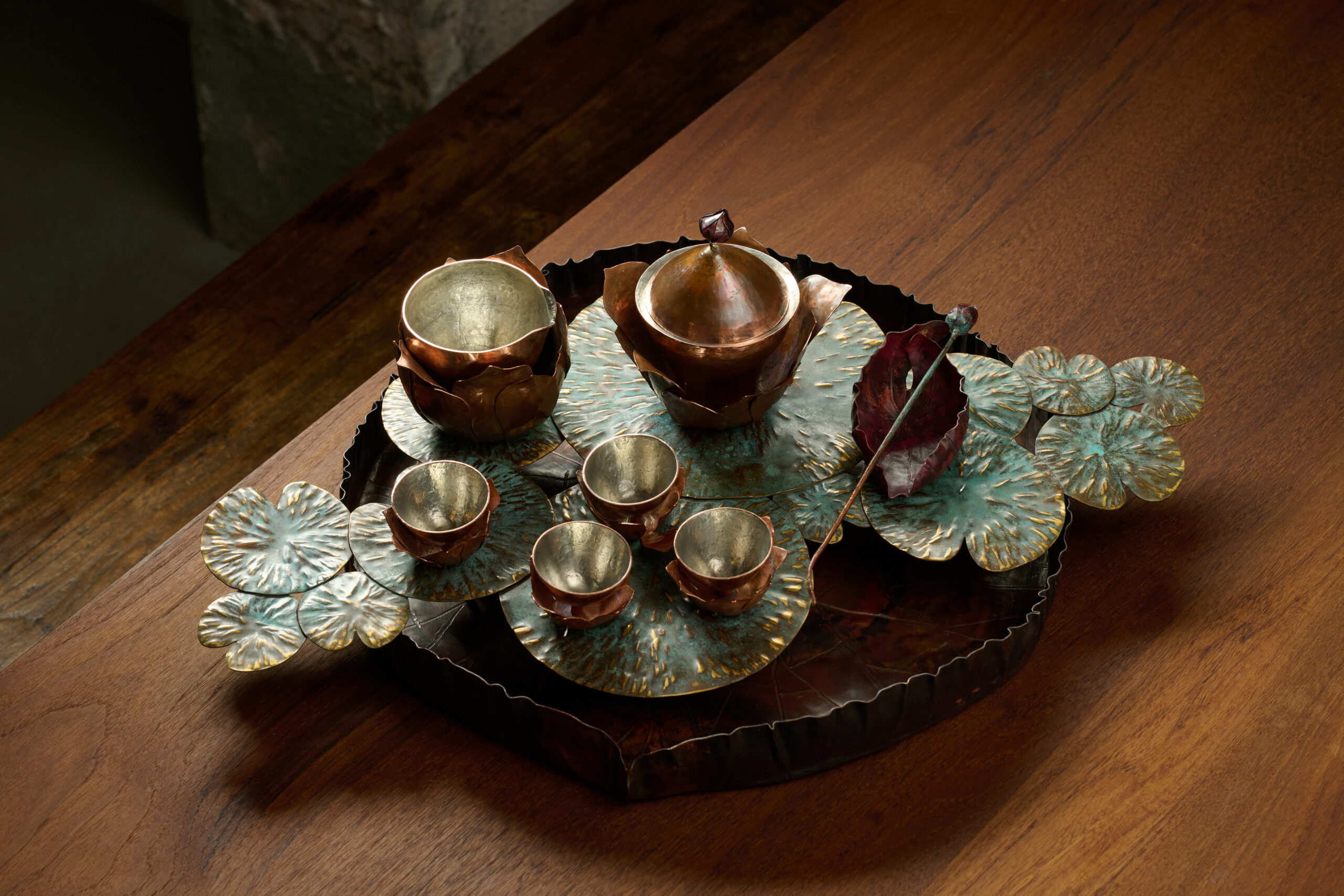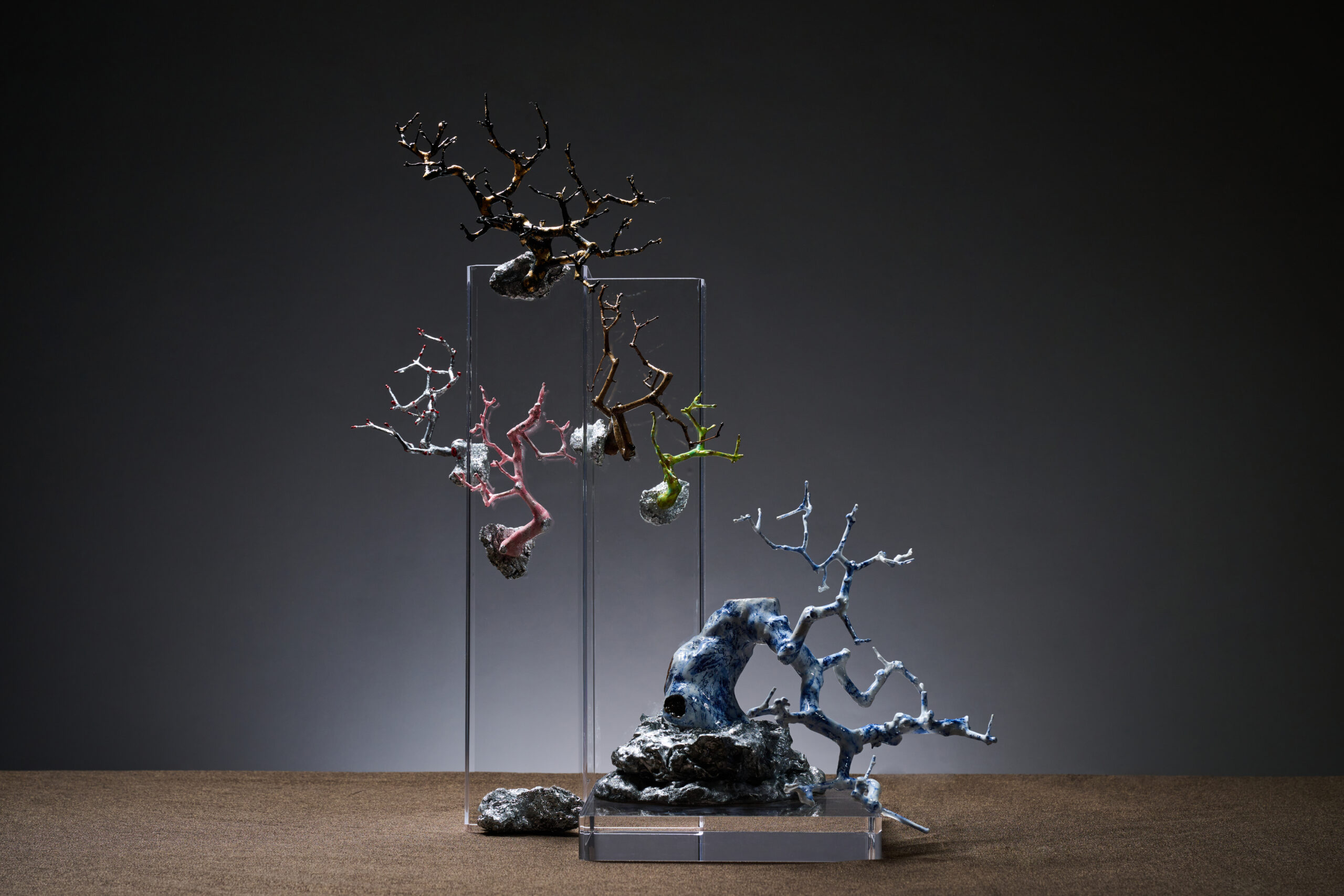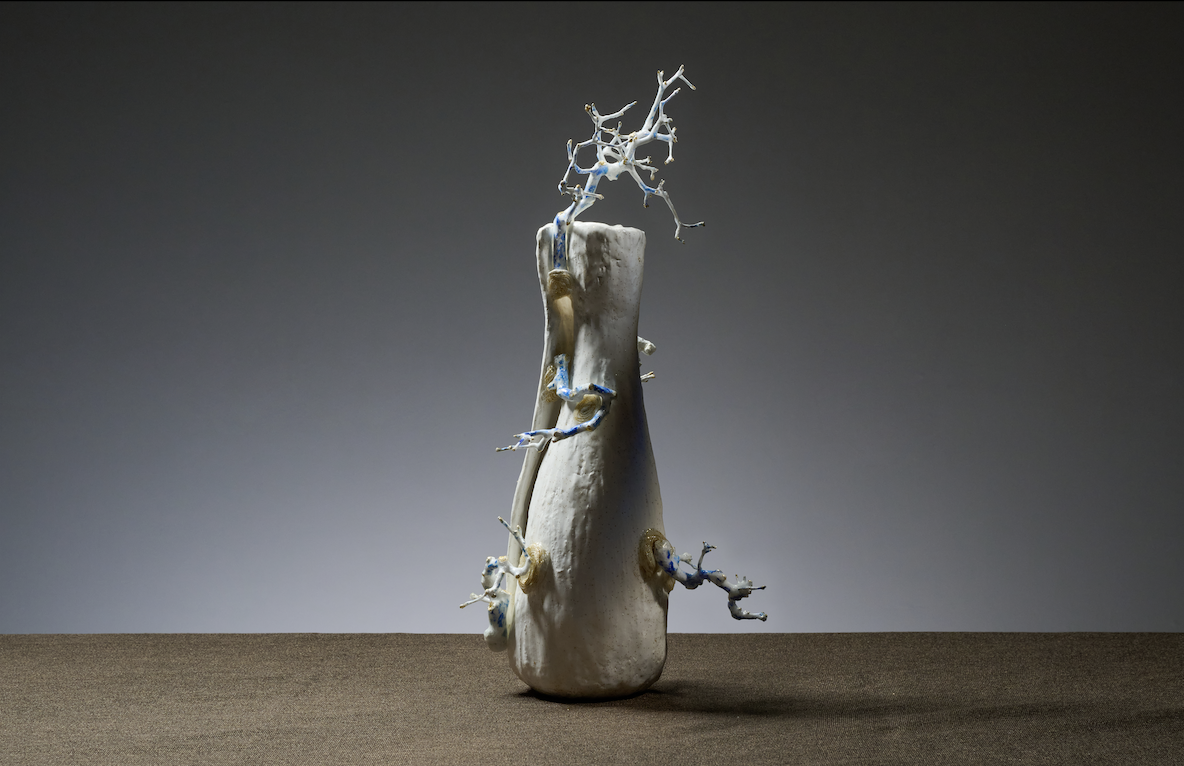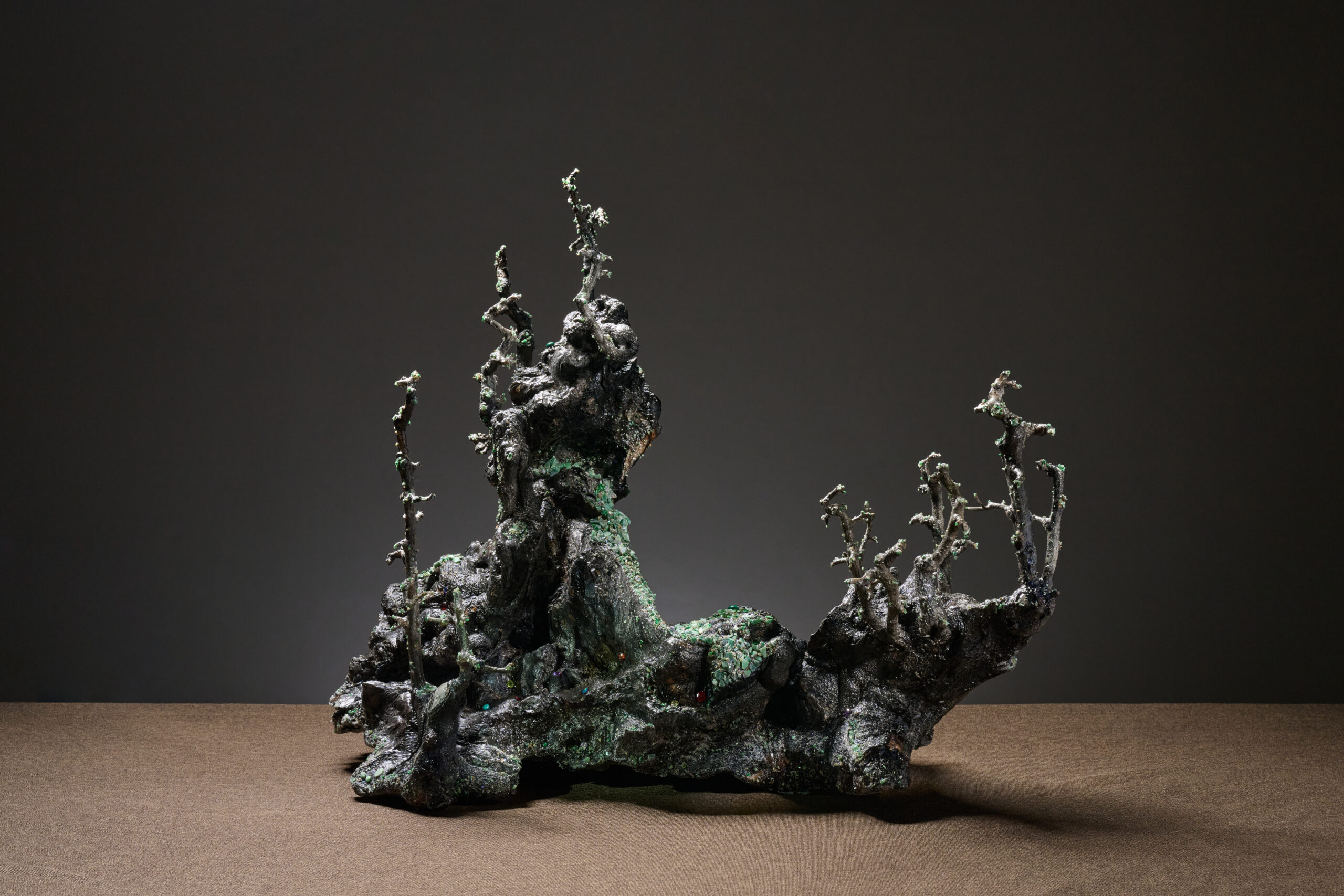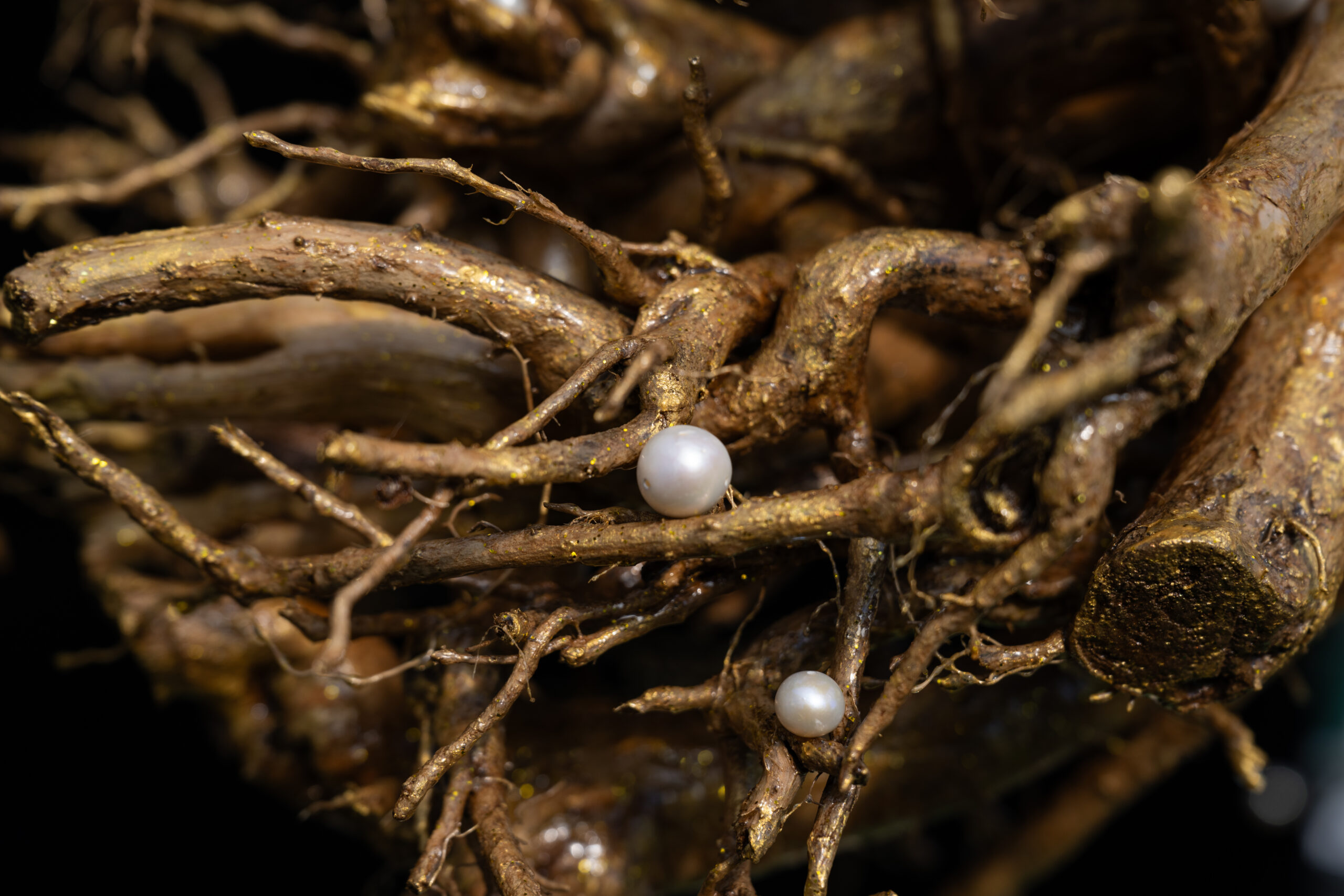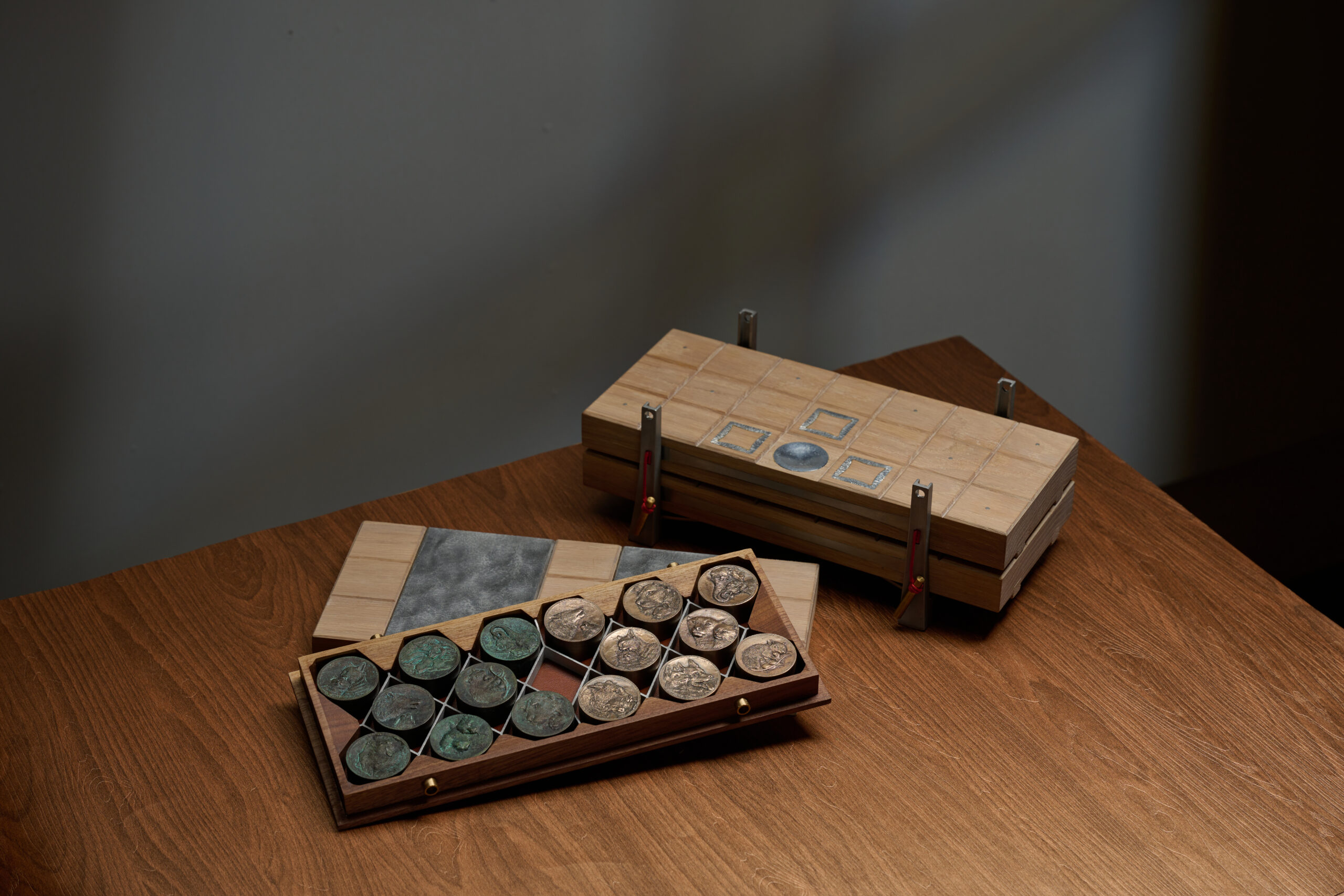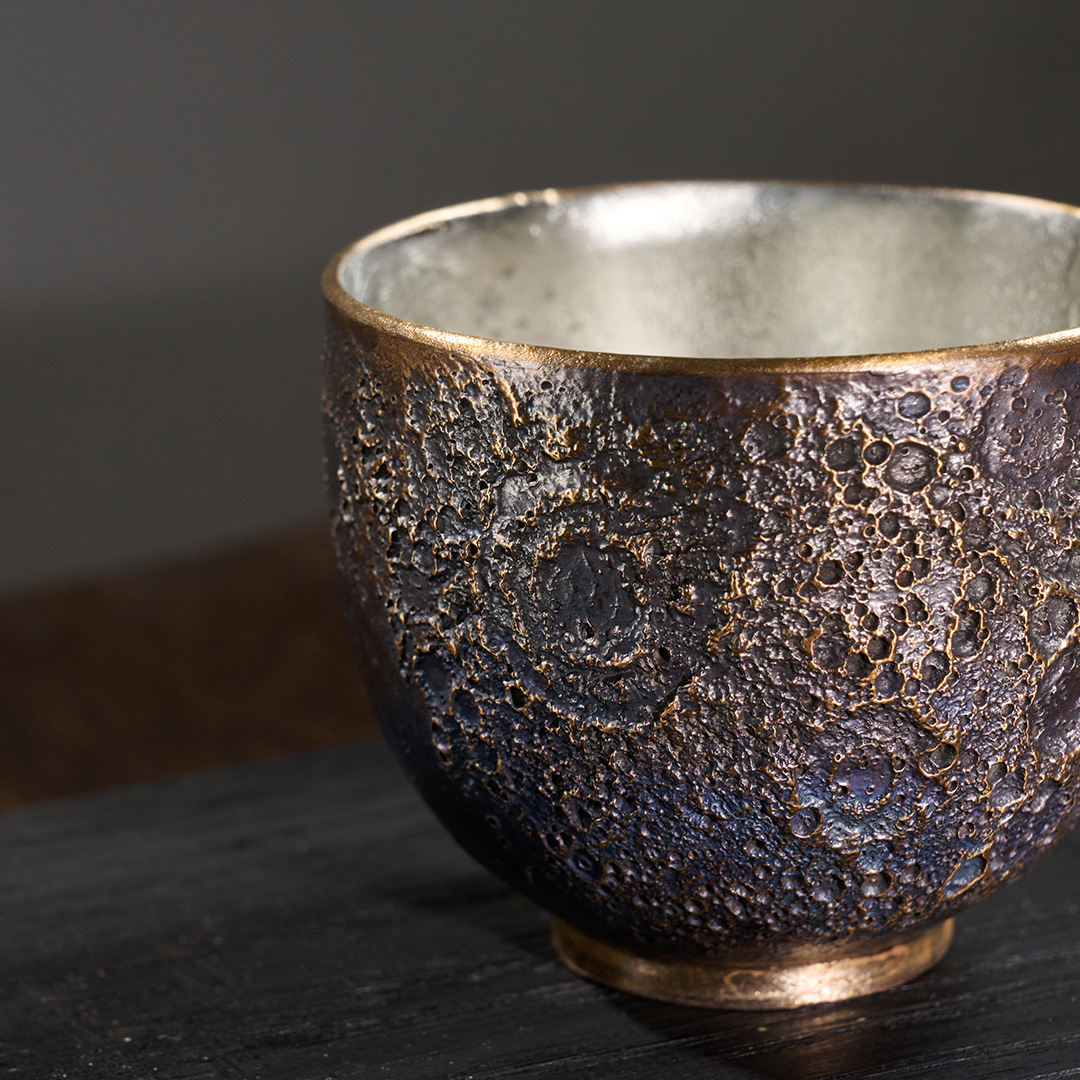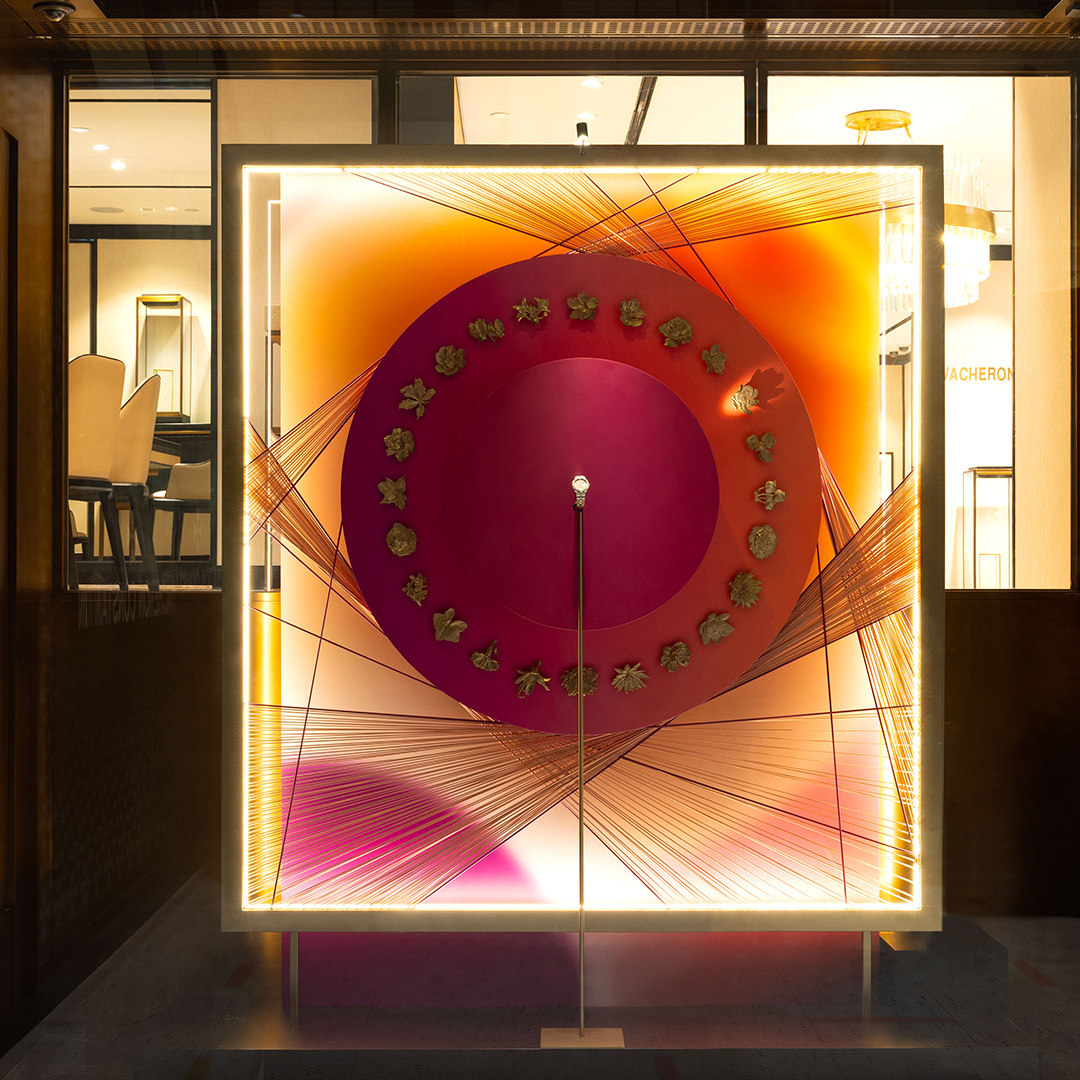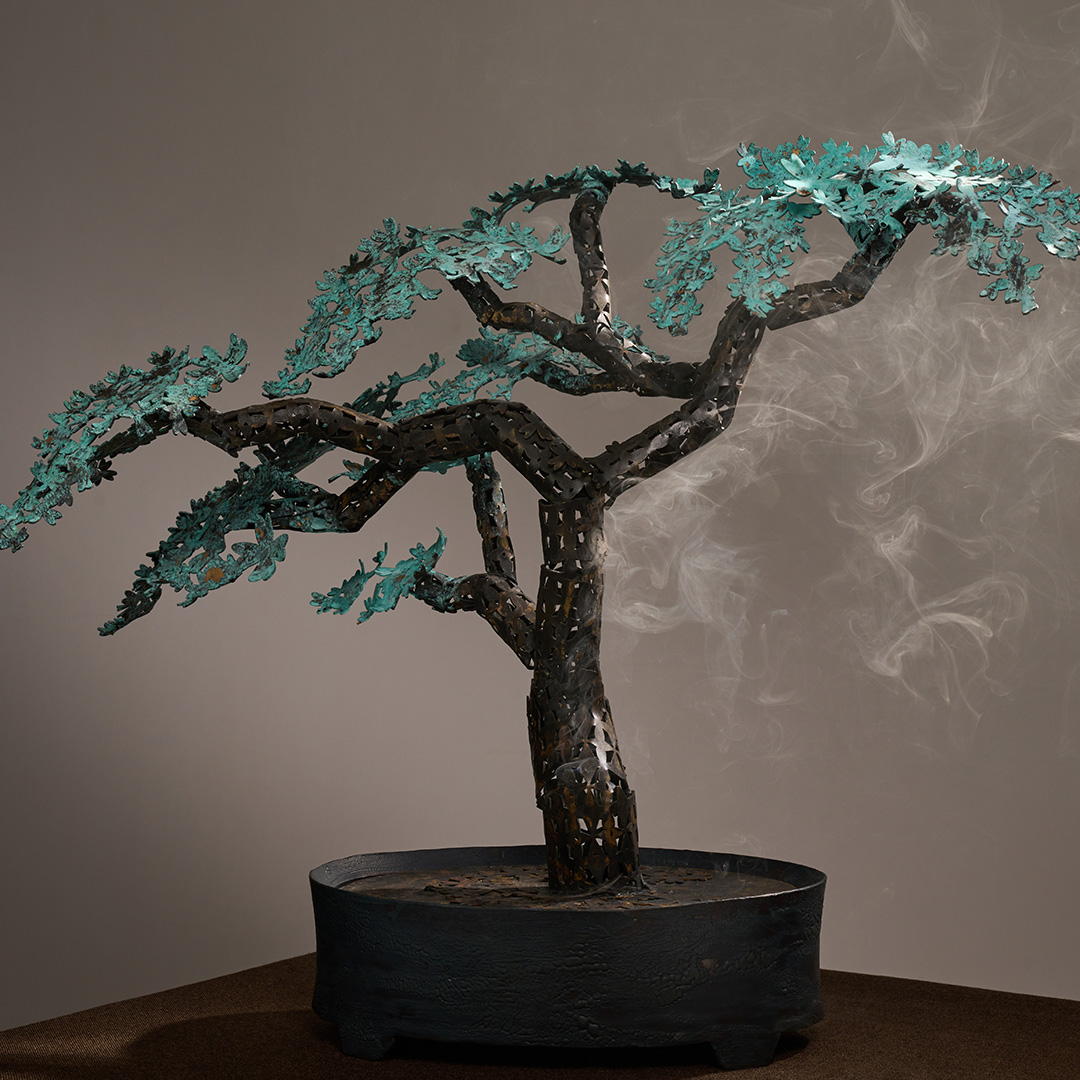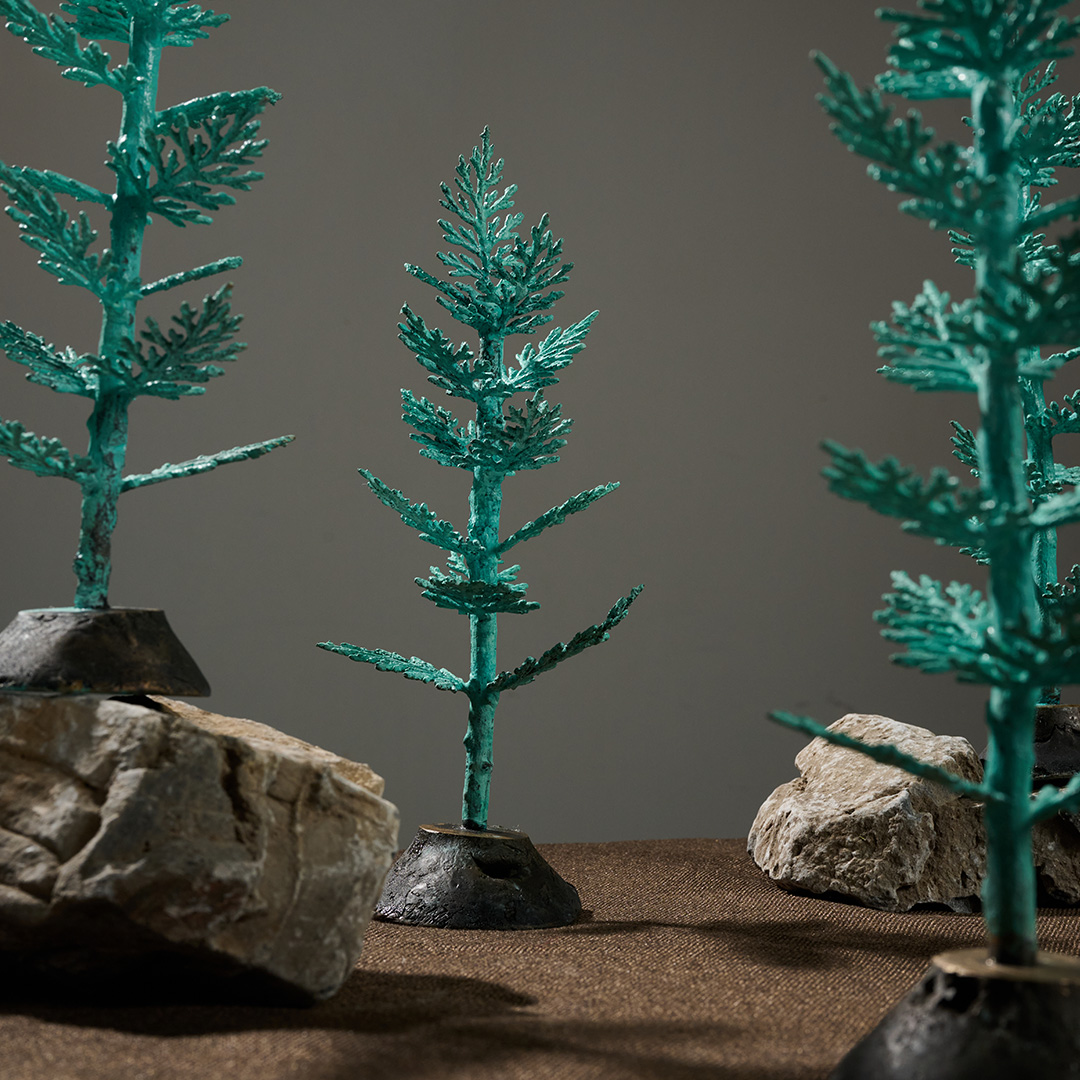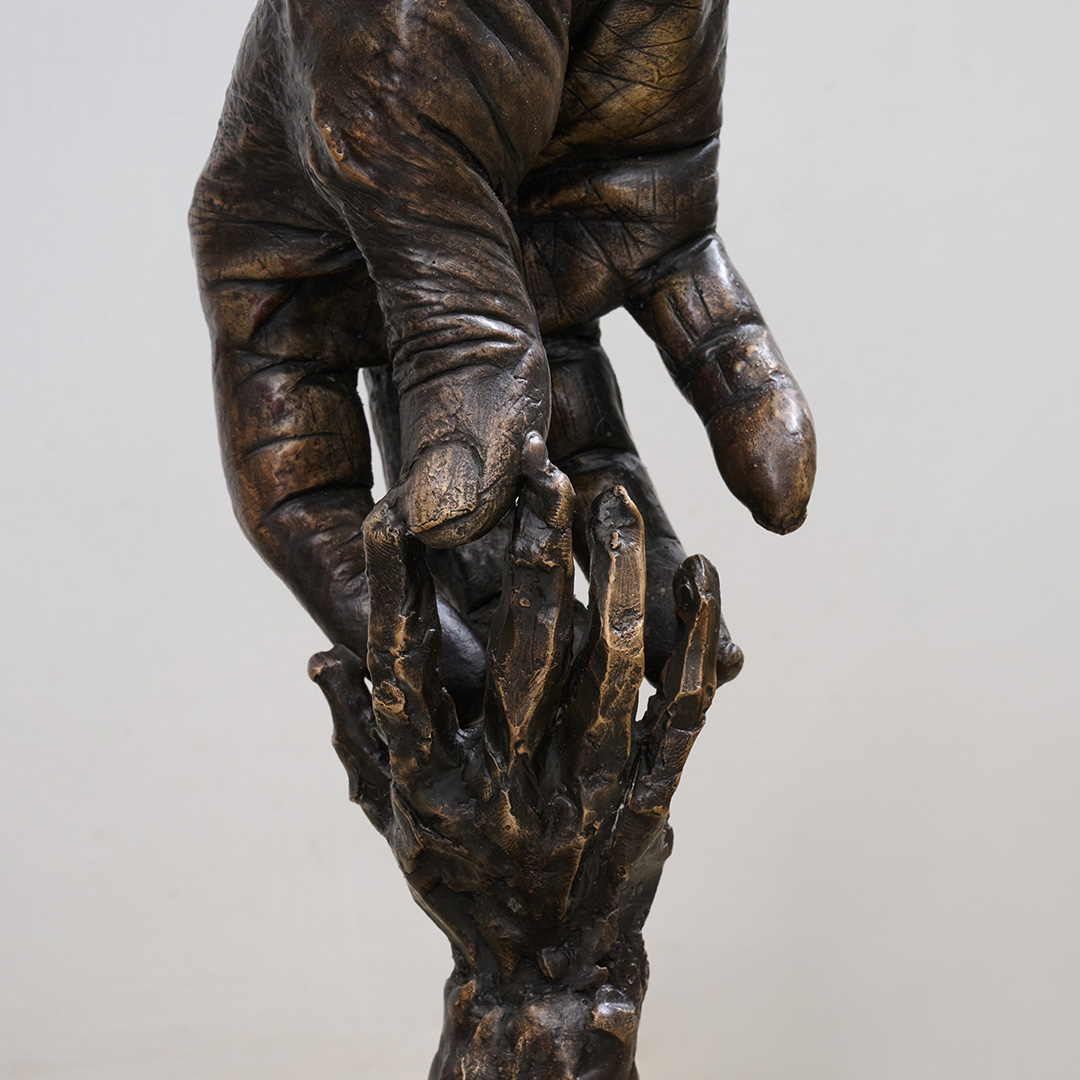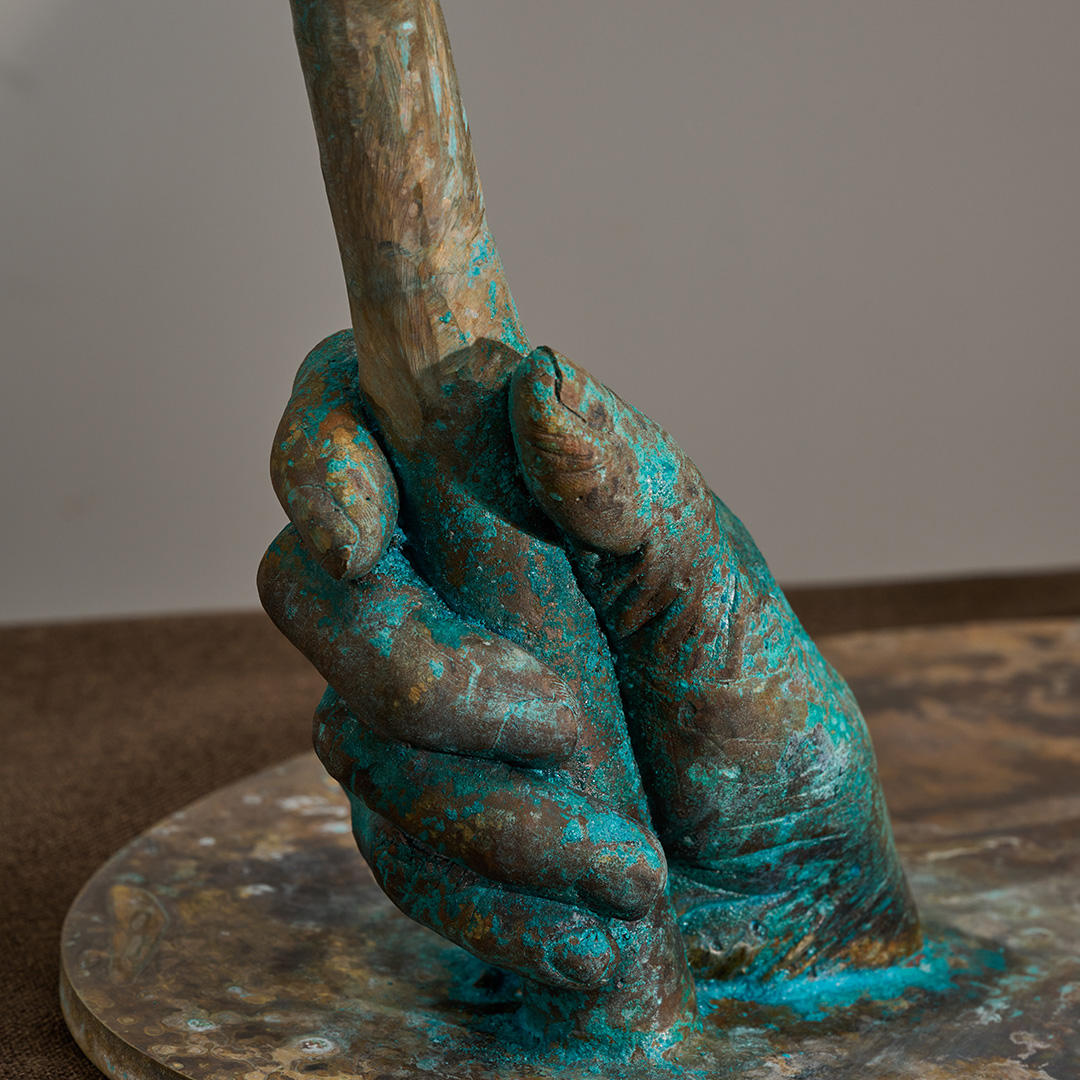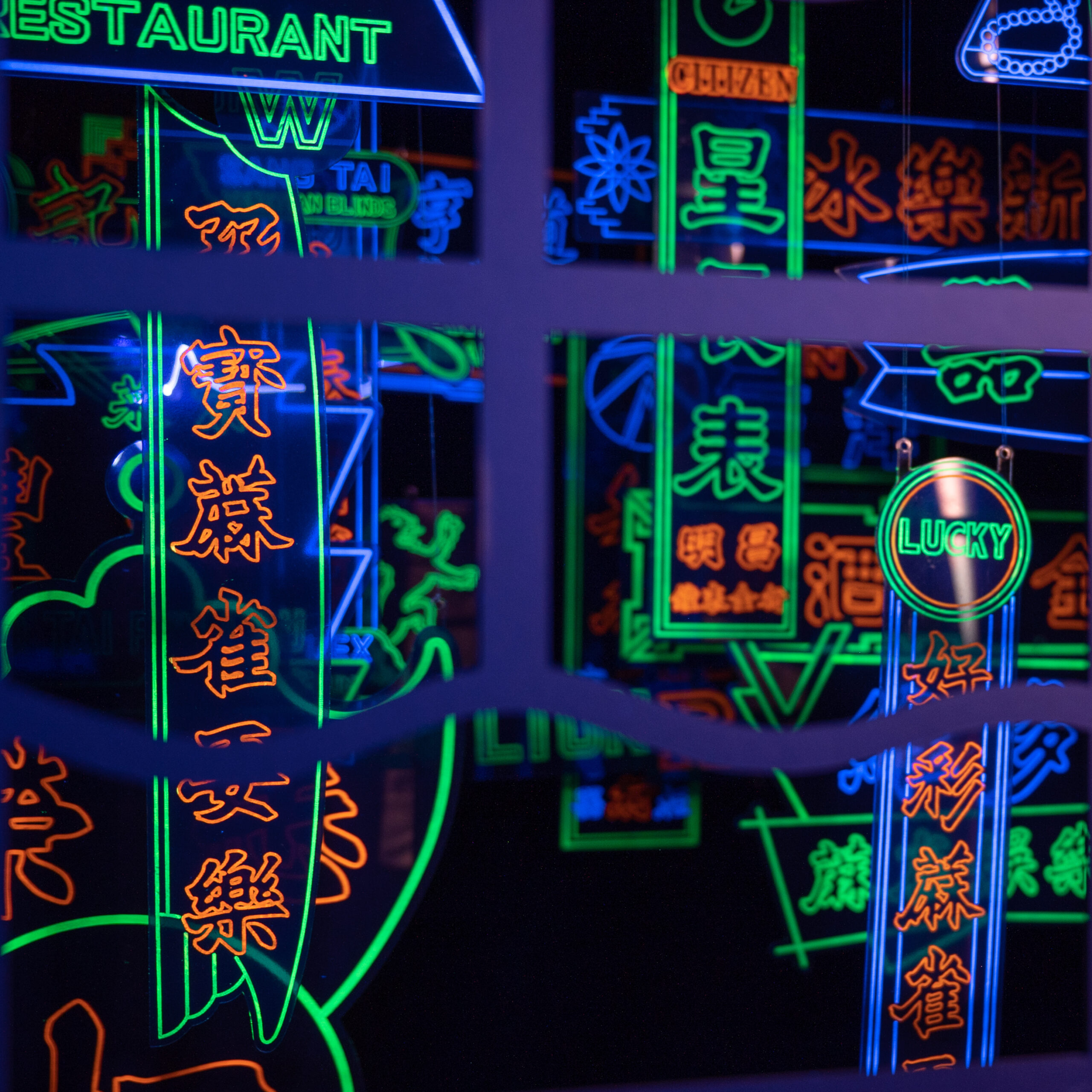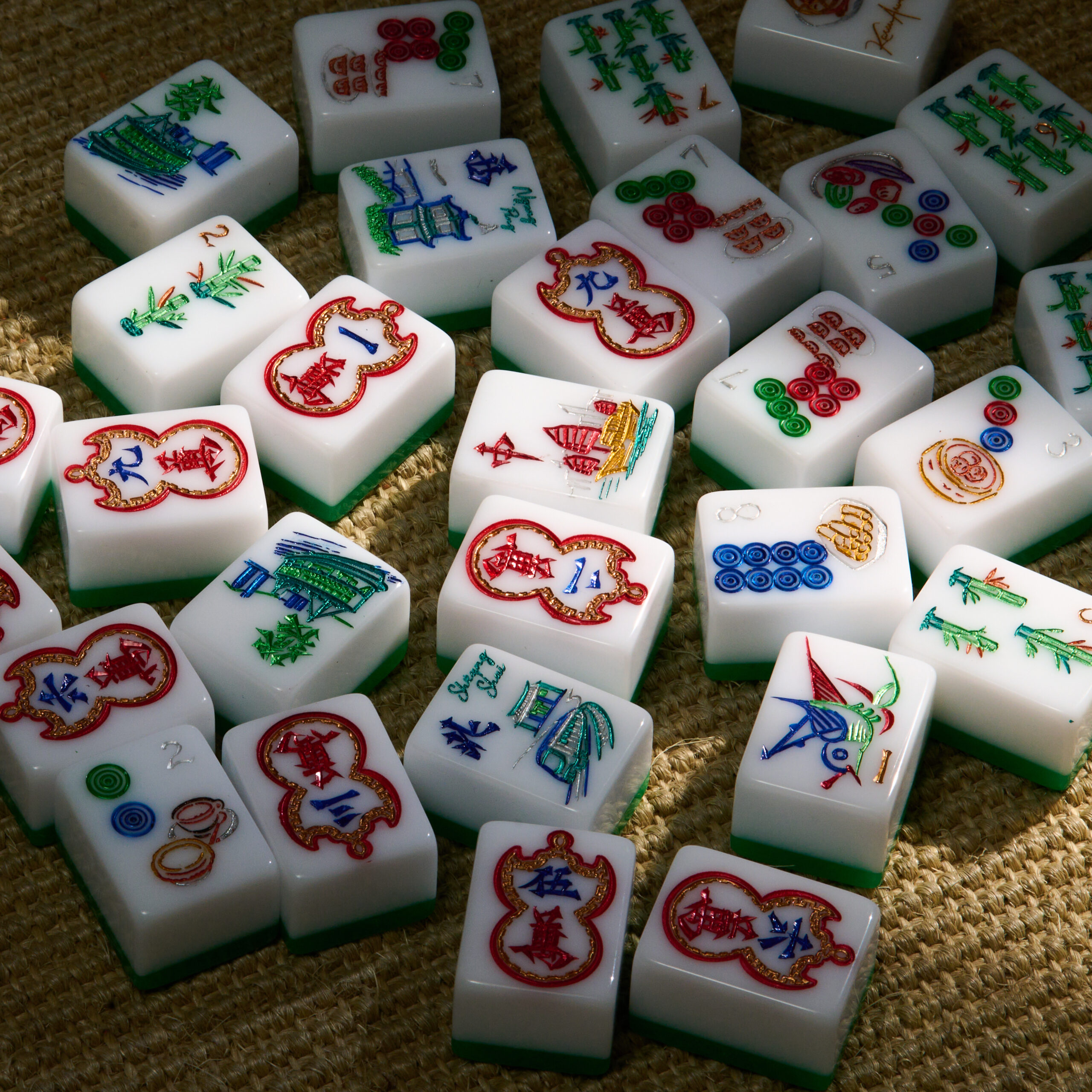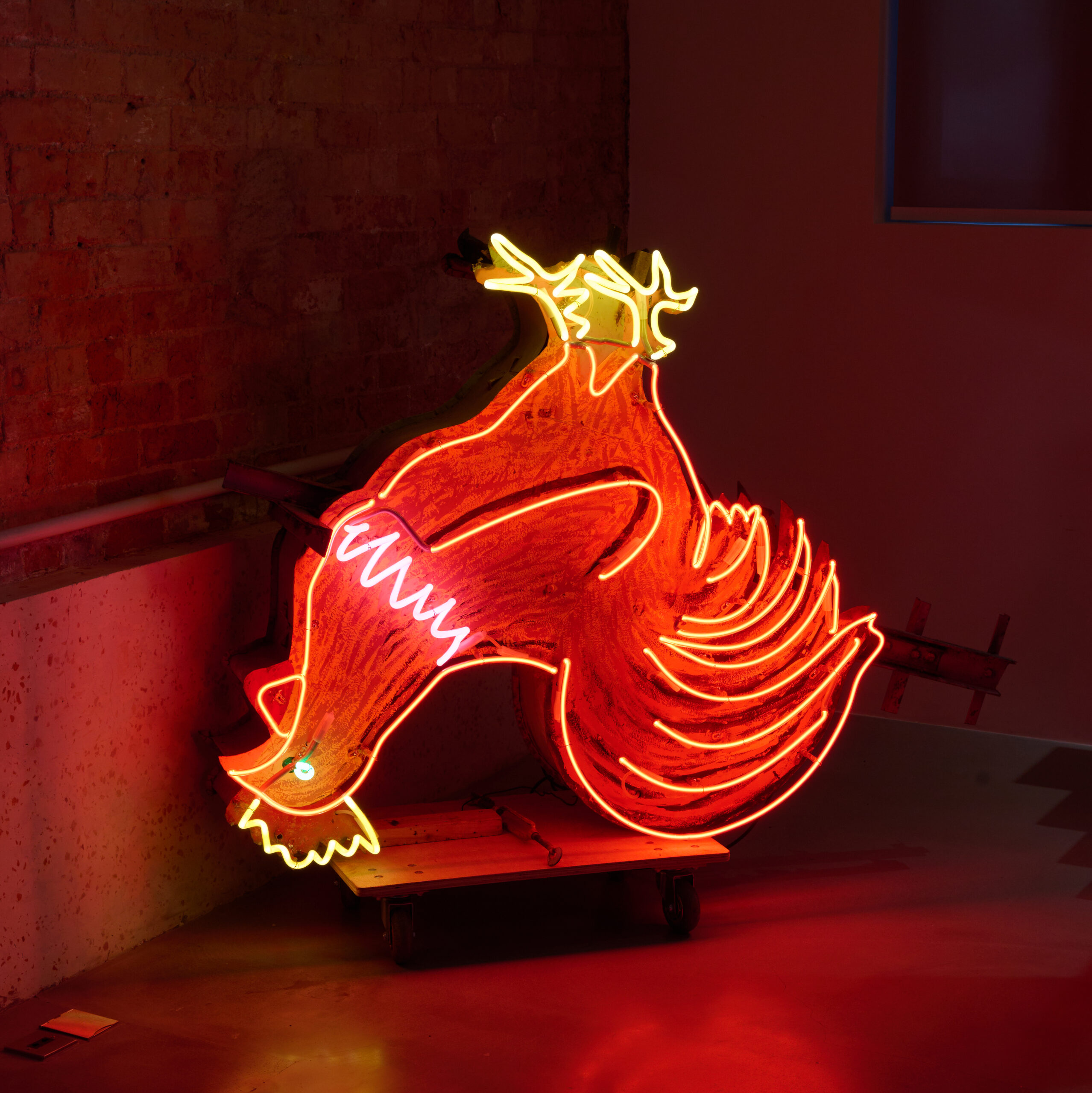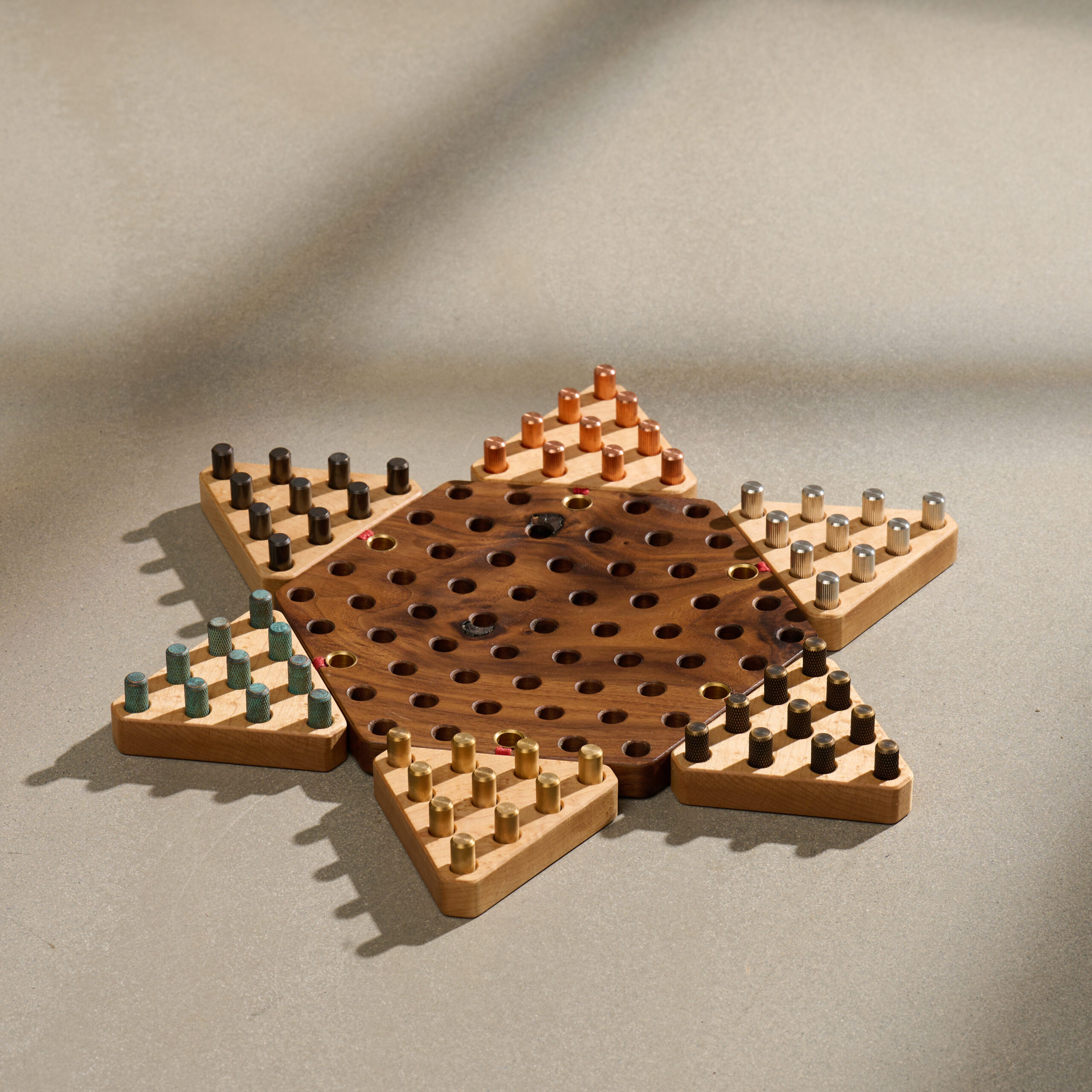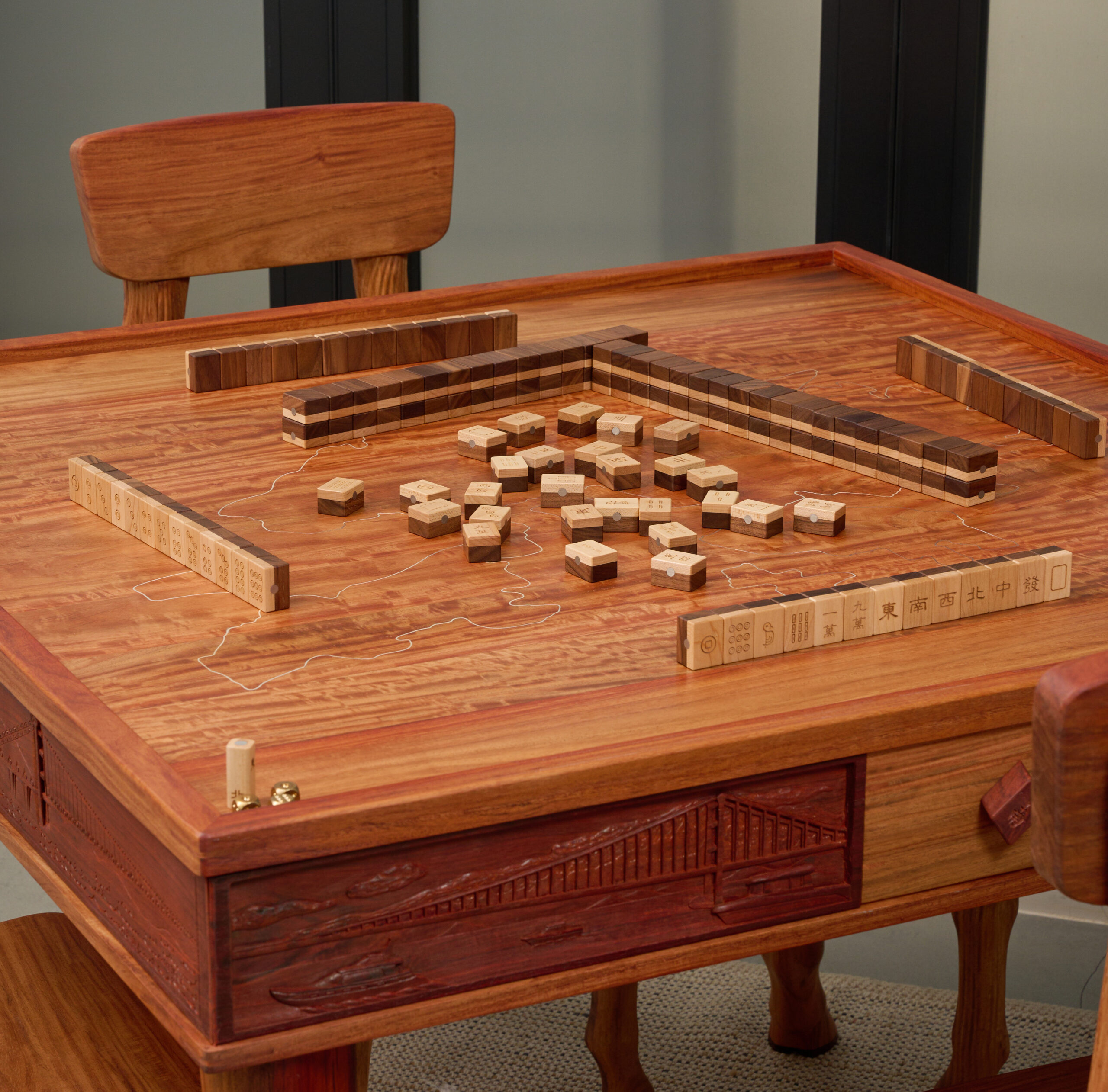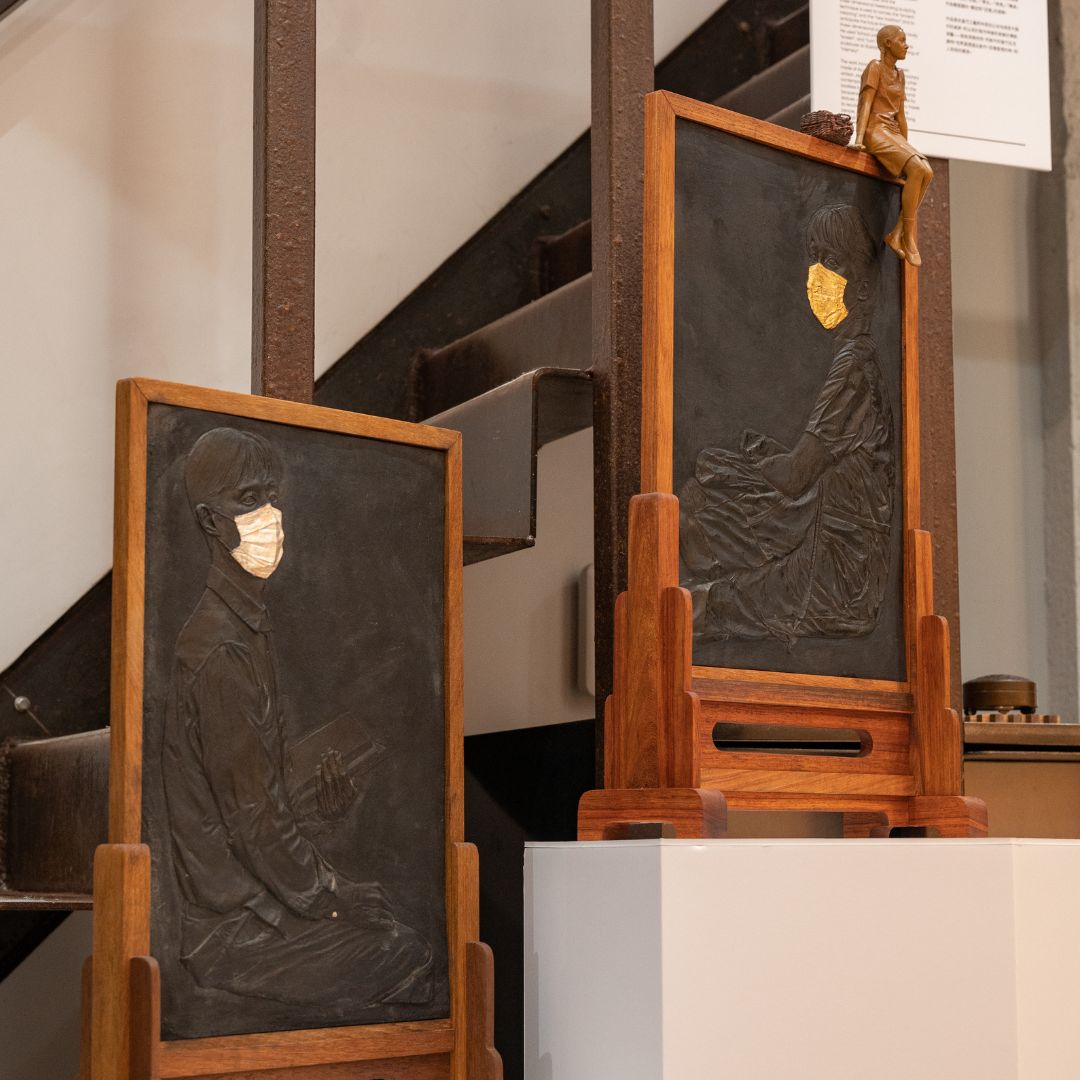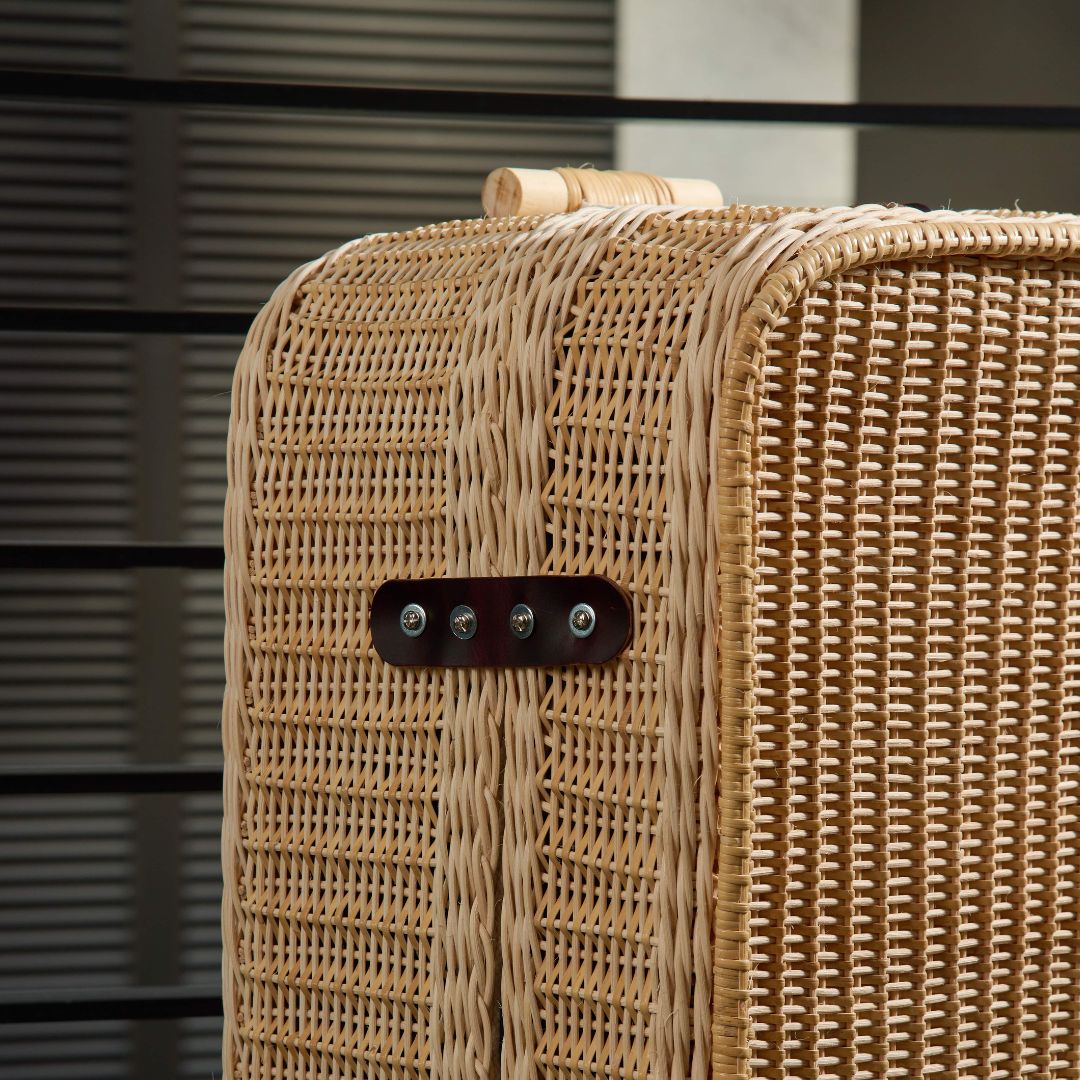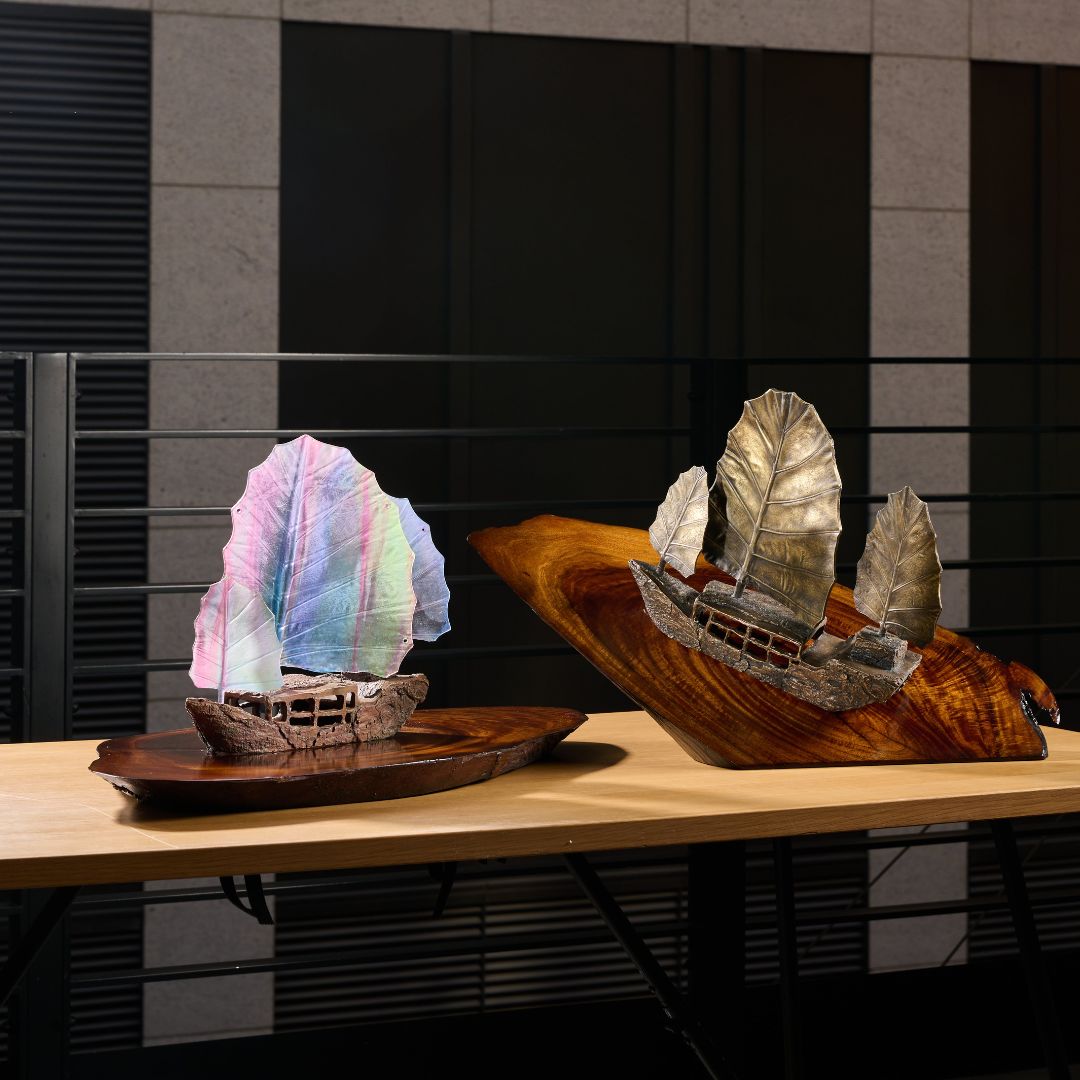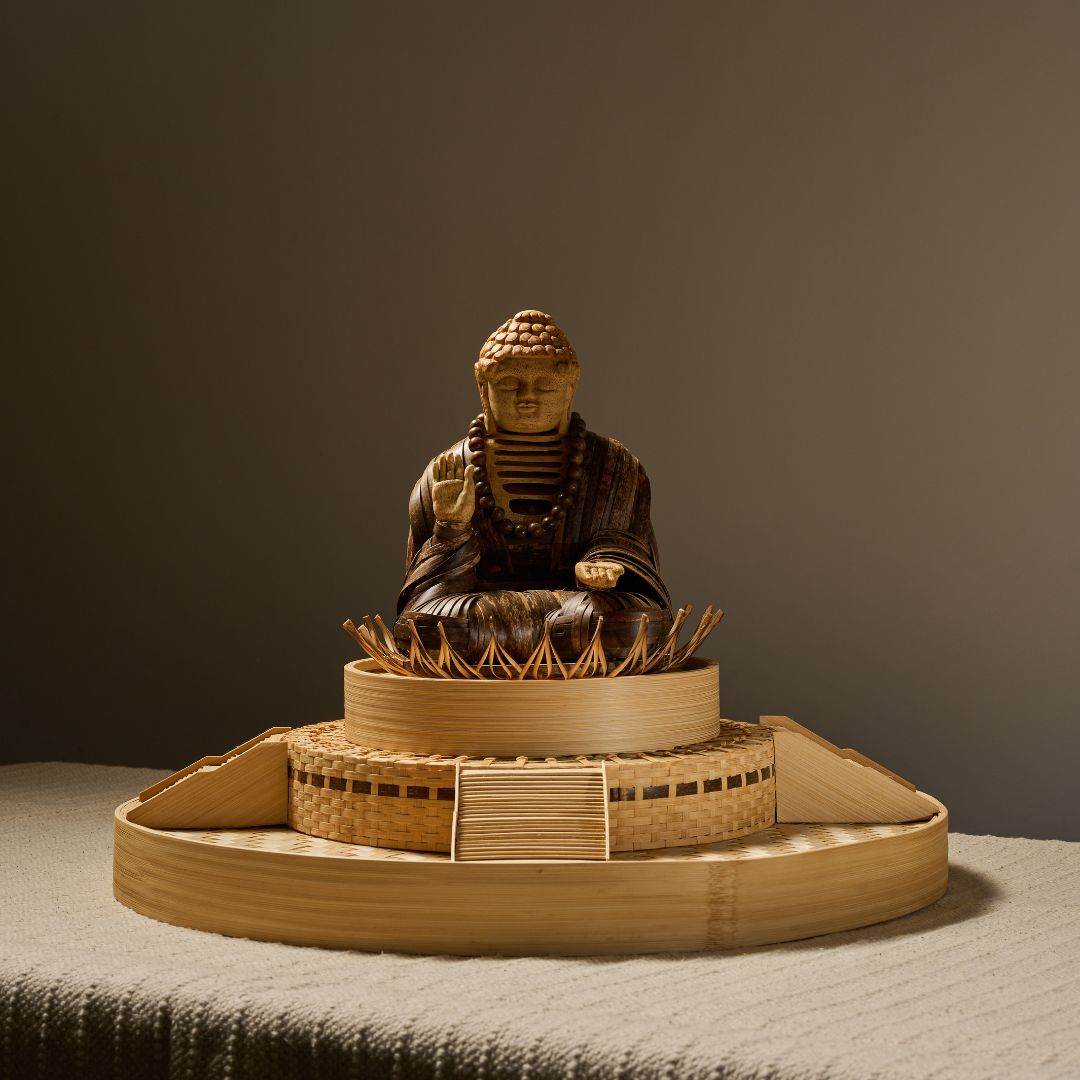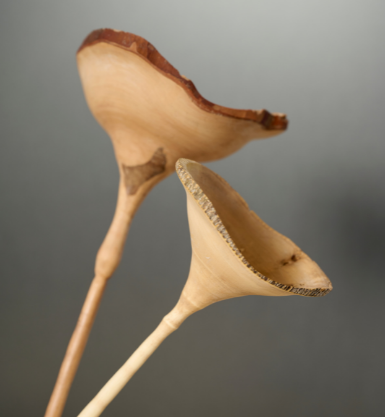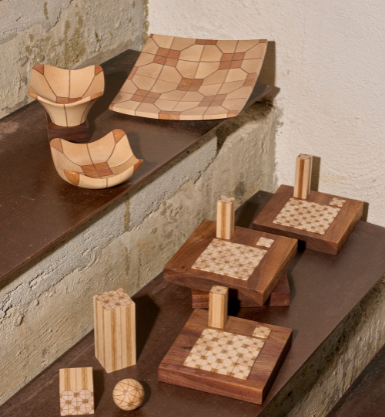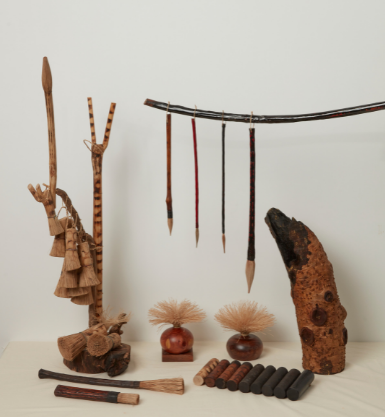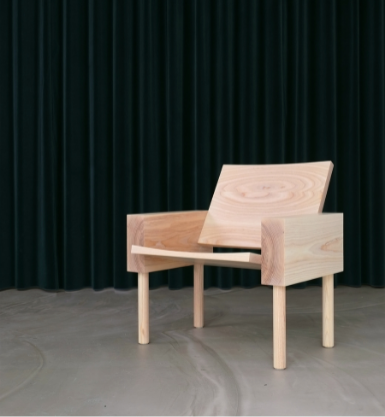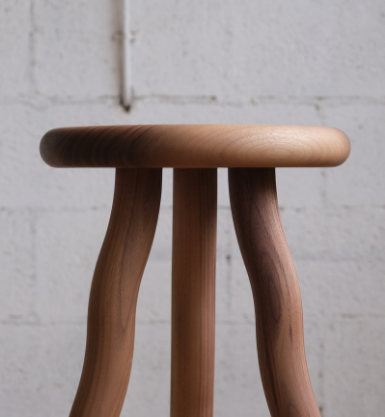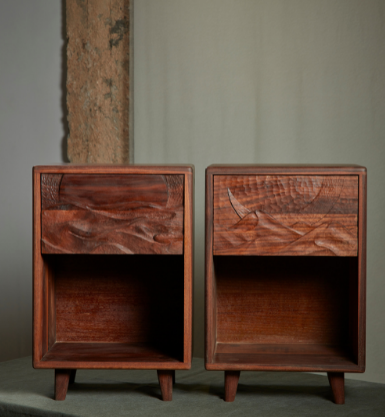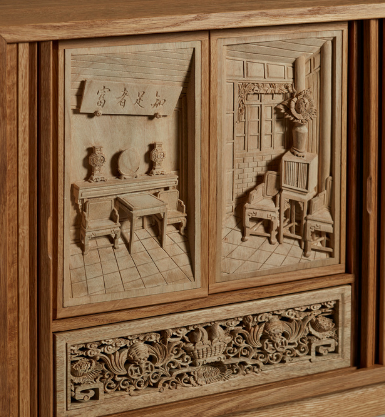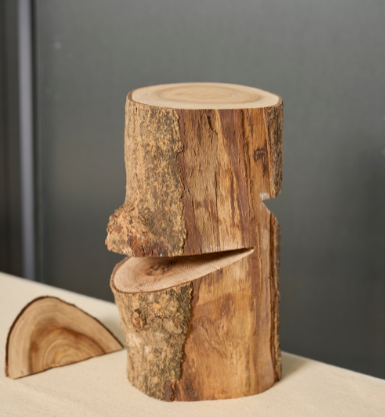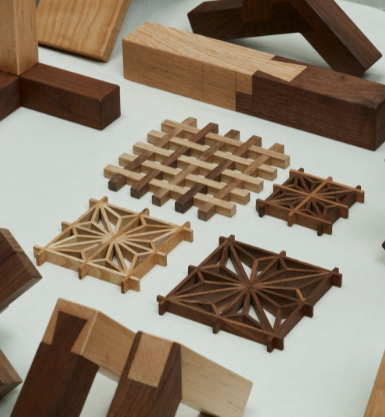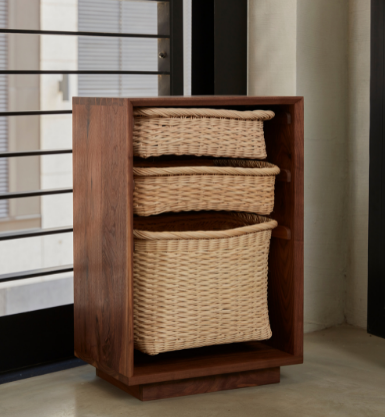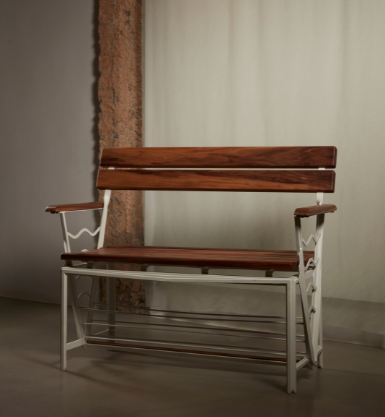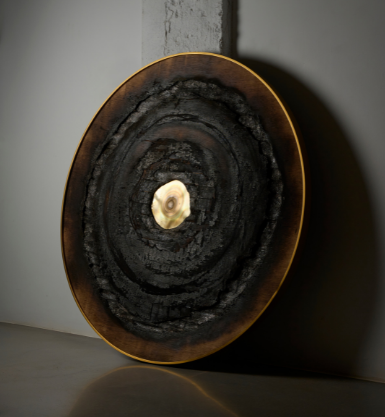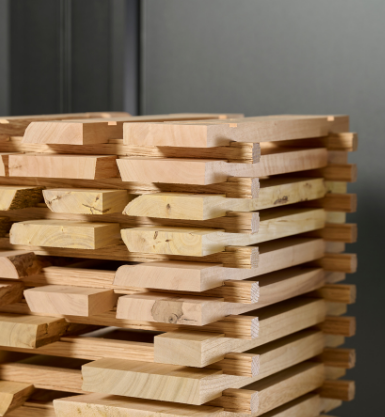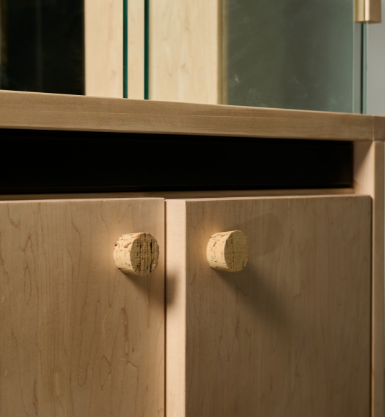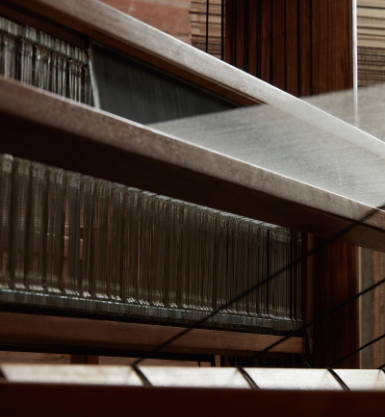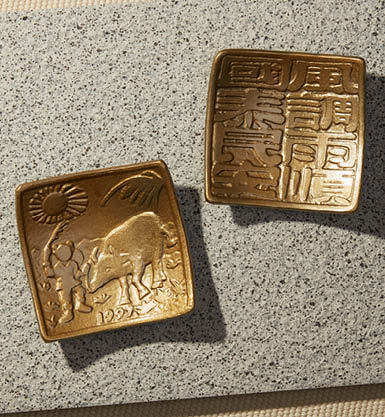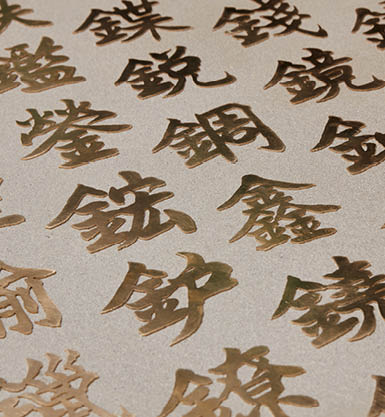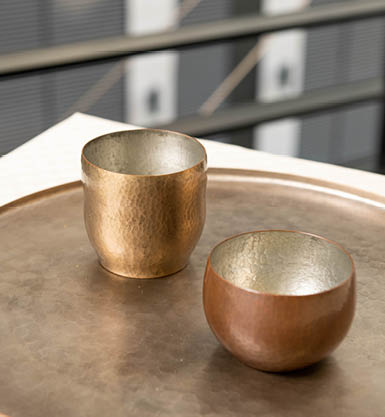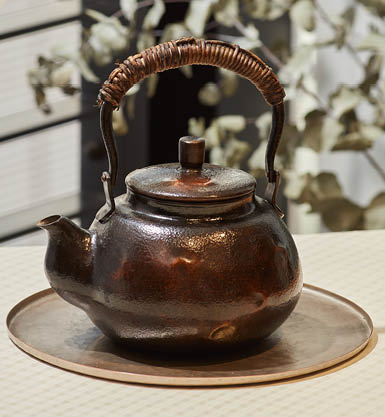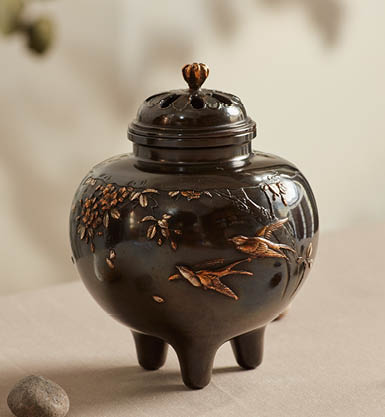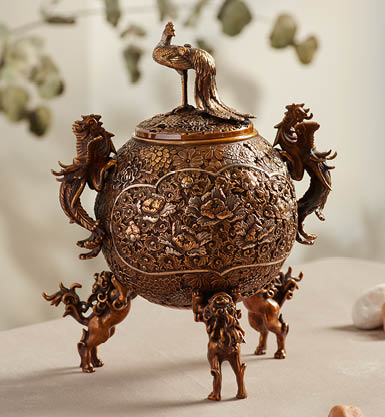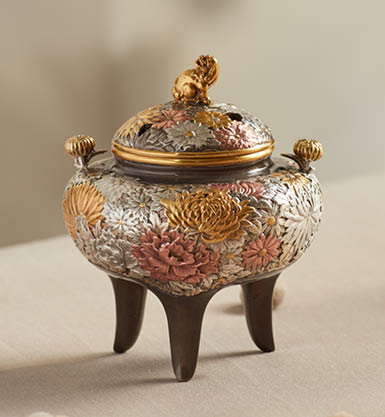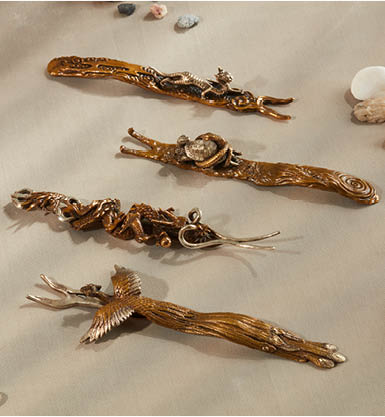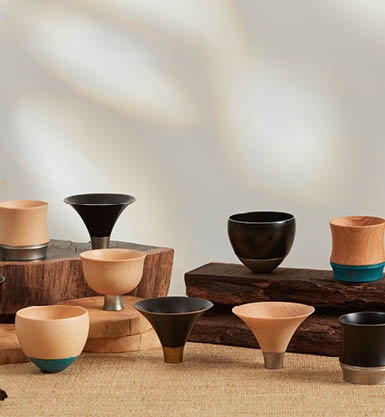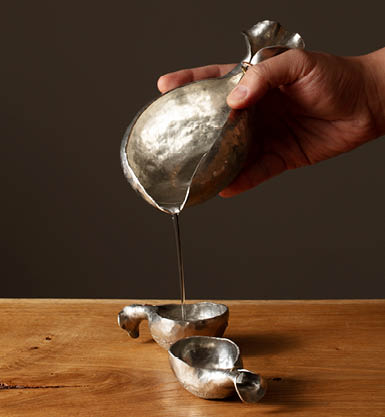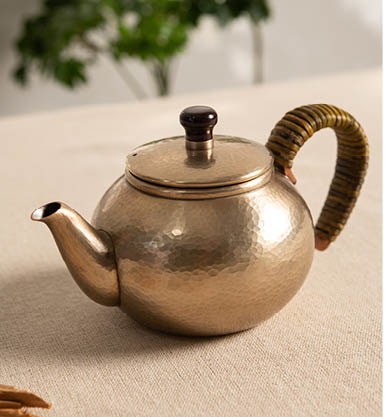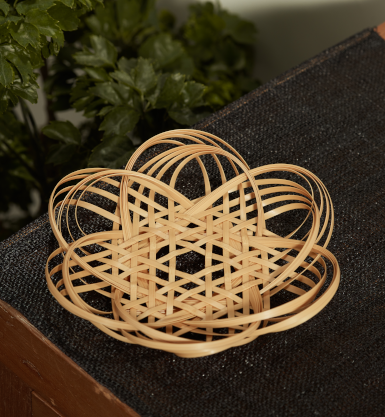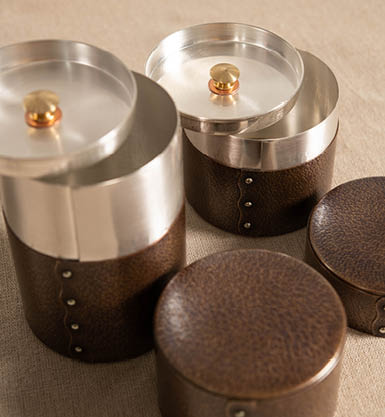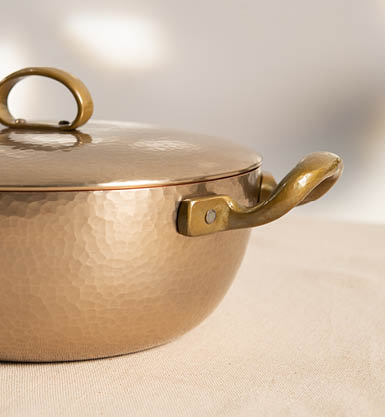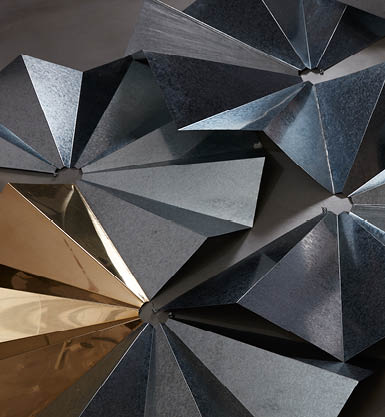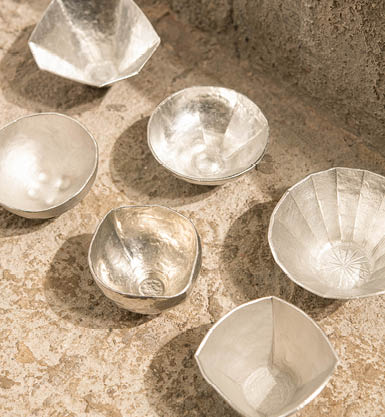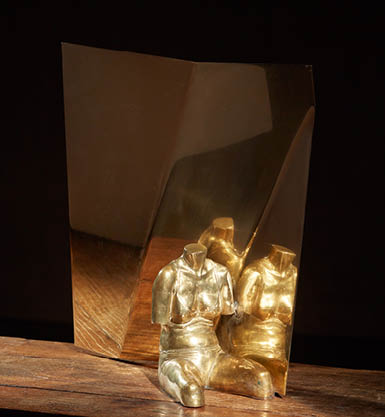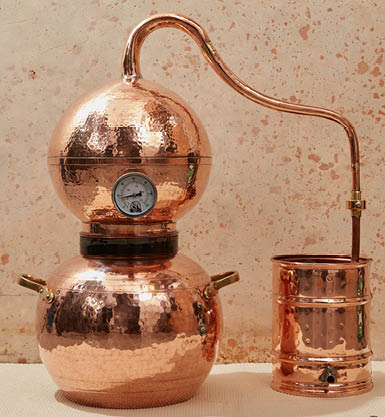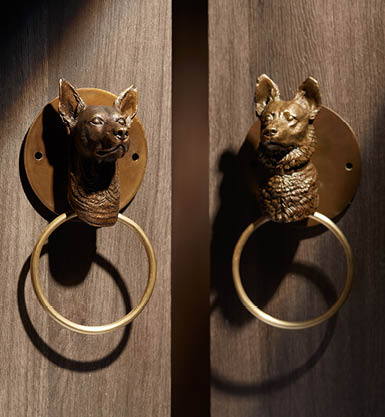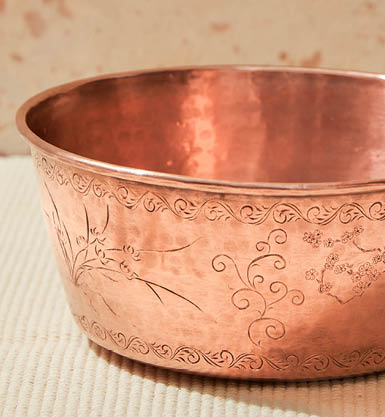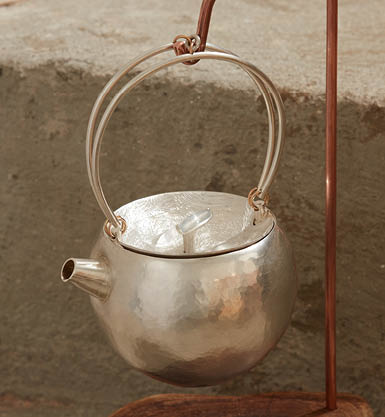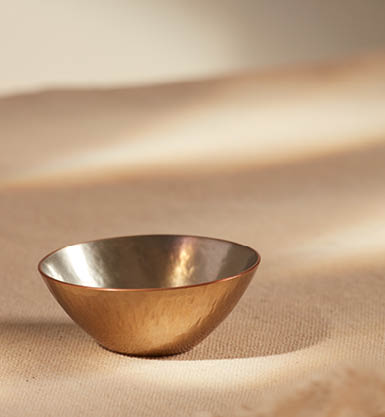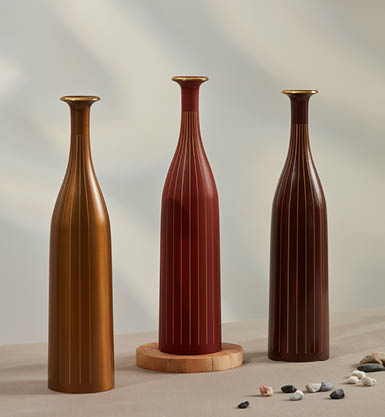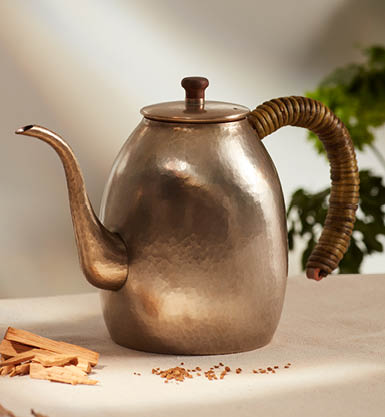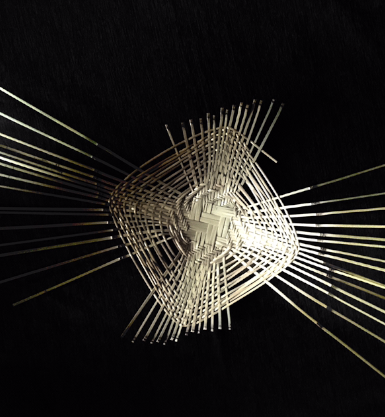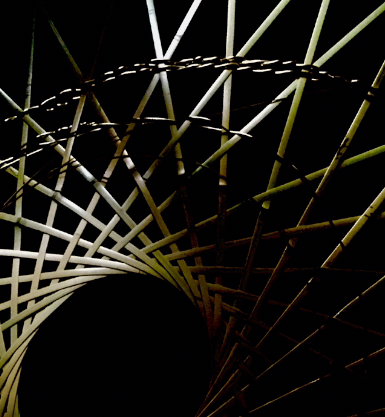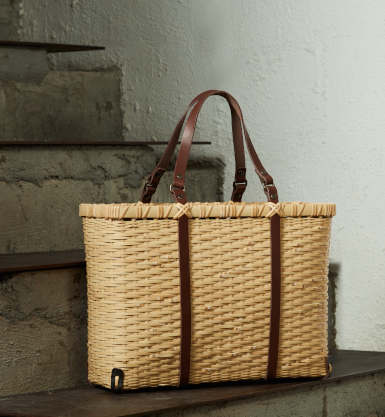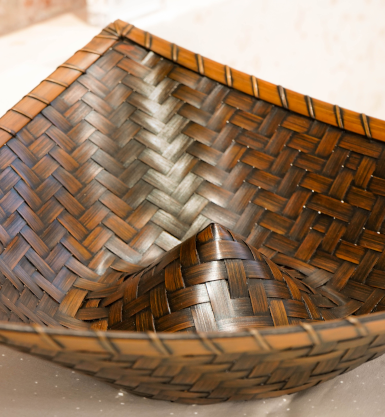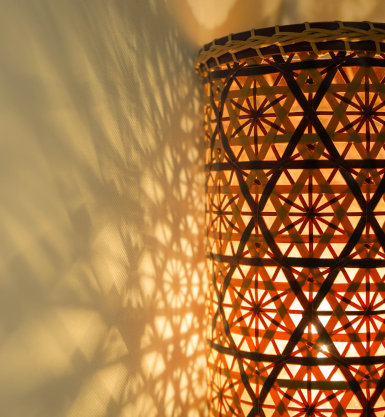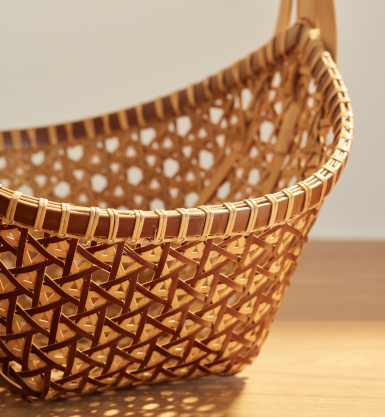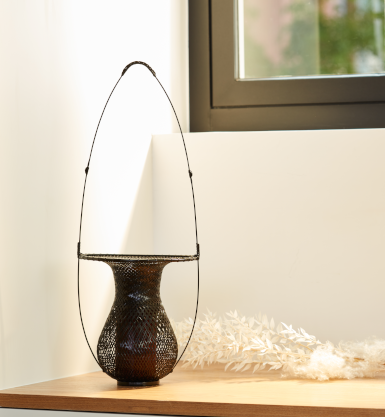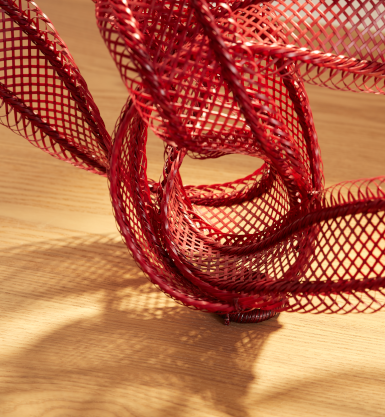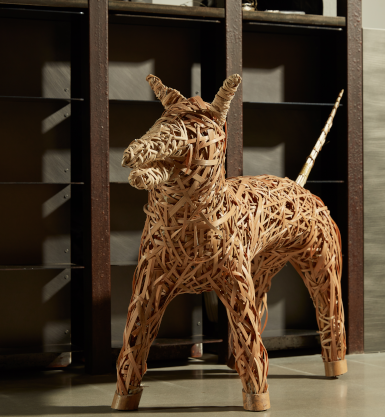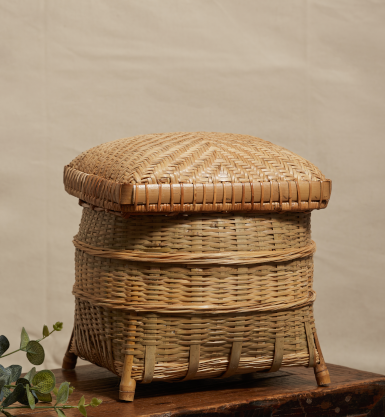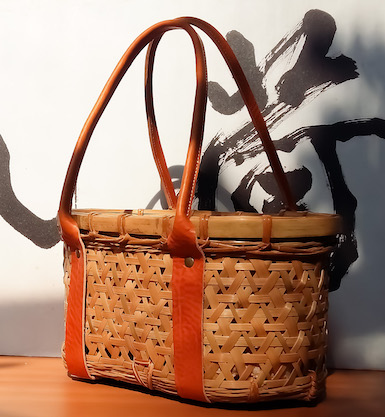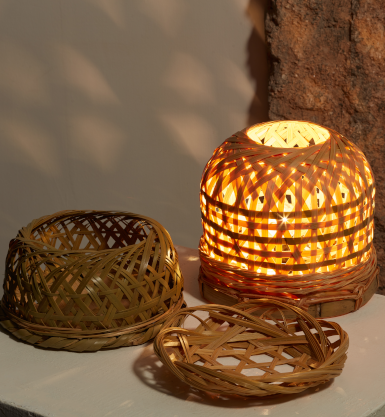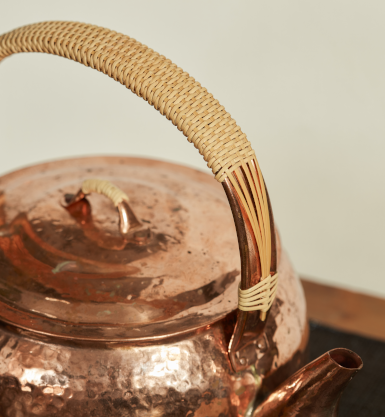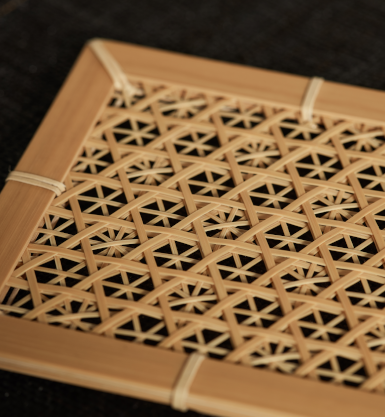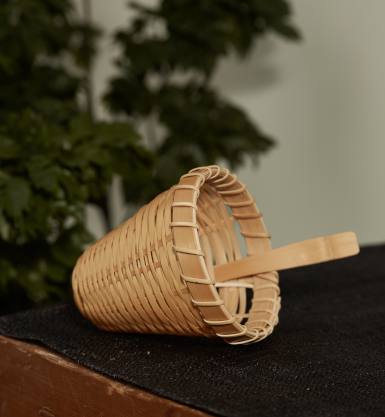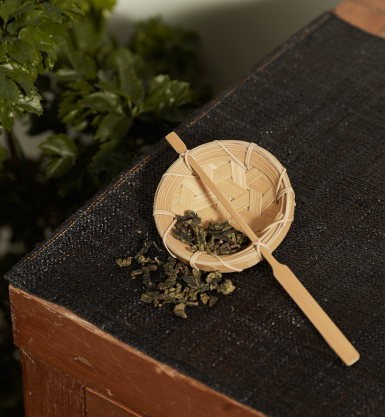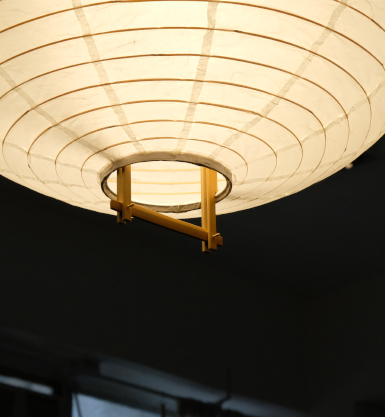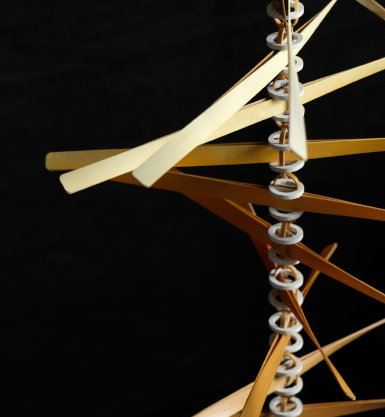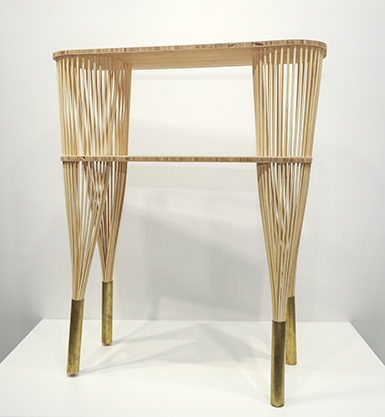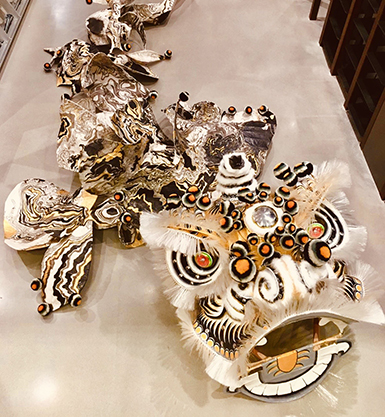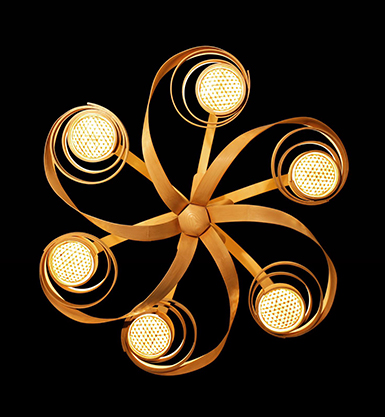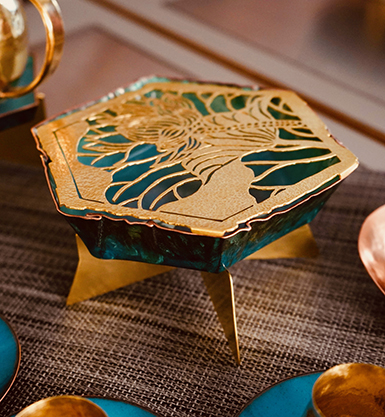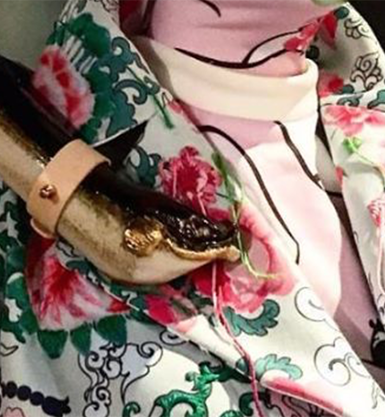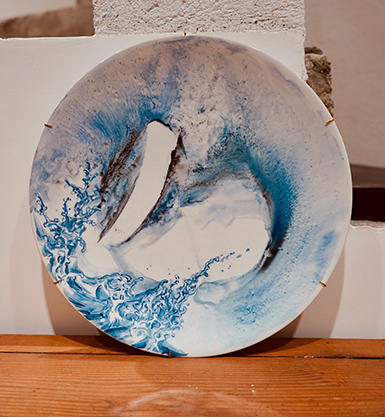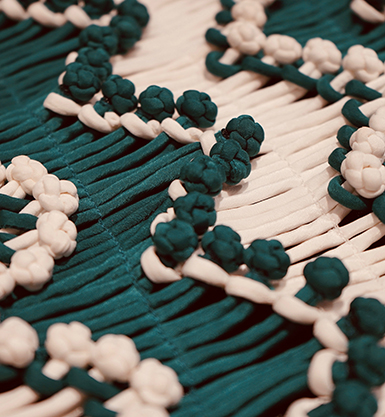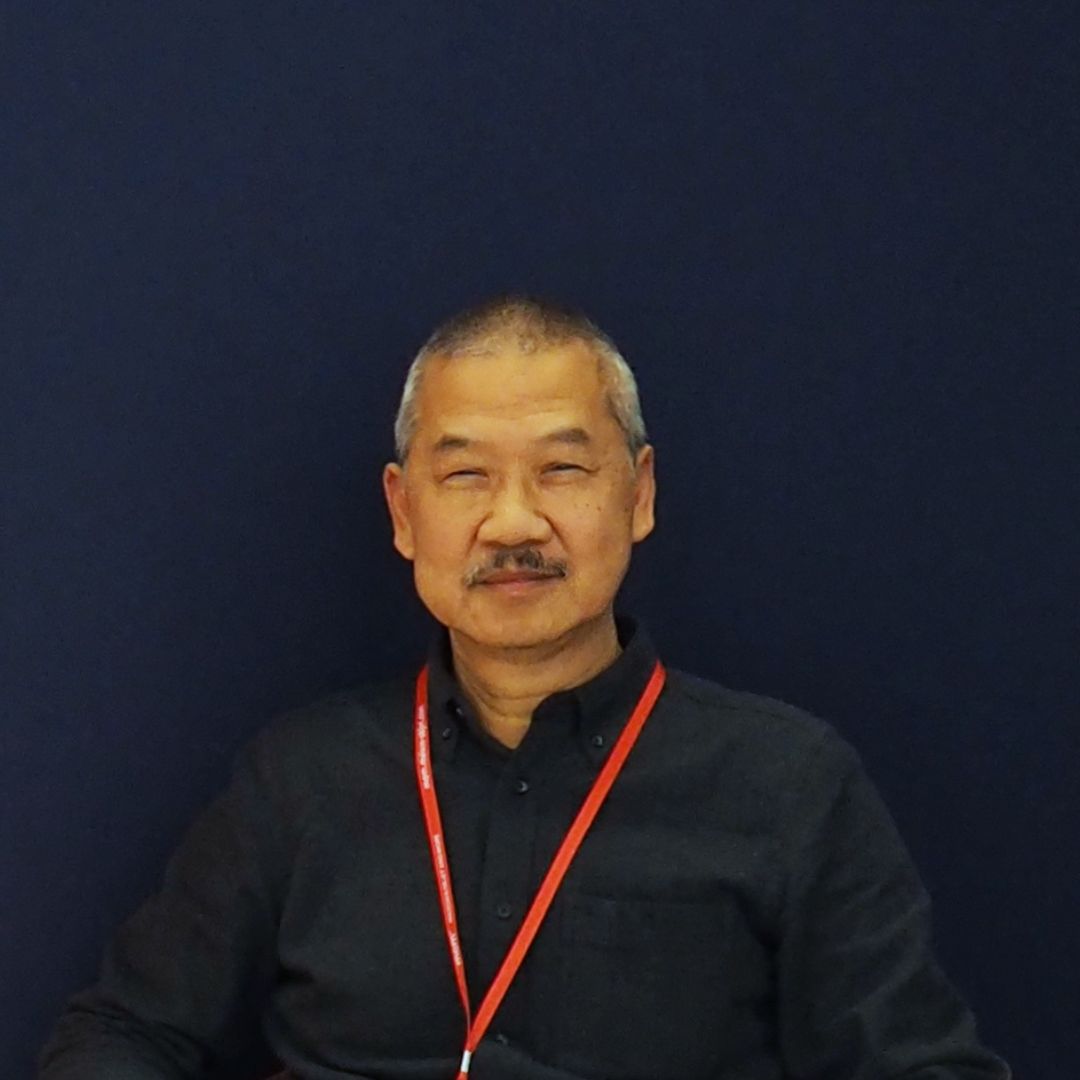Soma Cube
About the Artwork
Soma Cube, a puzzle originated in Denmark, draws inspiration from the fascinating journey of ‘cong’ through history. These enigmatic jade artifacts, a revered object of ritual significance, dating back to the Neolithic period, have continually evolved in meaning and form. Notably, they were reinterpreted during the Song dynasty, shifting from spiritual objects to items of cultural appreciation.
This collaboration continues this tradition of recontextualization. By incorporating ‘cong’-inspired elements into a modern mathematical puzzle, the artisans hope to bridge ancient symbolism with contemporary problem-solving. It is a modern tribute to an artefact that has been continually reborn through generations.
Story of Traditional Crafts
| Story of Soma Cube |
The Soma Cube, invented by Danish polymath Piet Hein in 1933, is a deceptively simple yet endlessly engaging spatial puzzle. Seven irregular pieces, each composed of three or four unit cubes, challenge users to construct a 3x3x3 cube. Its enduring appeal stems from its elegant simplicity and surprising complexity: the same pieces can also form countless other shapes and designs, from abstract sculptures to fantastical structures, stimulating creativity and problem-solving skills. Its widespread adoption as an educational tool in the 1960s highlights its effectiveness in fostering spatial reasoning and inventive thinking, proving that sophisticated design can be both intellectually stimulating and profoundly playful.
Making Process
The 7 unique shapes and geometric patterns of the puzzle pieces make an interesting canvas on which the artisans created the geometric patterns. Each piece has different intersections, symmetries, and angles which inform how the patterns on different facets came together. Therefore, each piece has its own unique pattern design that would only work with that particular shape.
Inspired by the motifs and patterns traditionally found in ‘cong’, these simple and timeless geometric patterns, when repeated and reflected on the surface of the puzzle pieces, create numerous facets that allow the artisans to explore different textures and finishes using metal casting.
Soma Cube was created using the timeless lost wax casting technique. First, a sculpted clay model is covered with silicone gel, forming a mold after being air-dried. Liquid wax is poured into the mold and after cooling, the wax will harden to become the desired form. A complex form has to be divided into several parts and they are welded together to become a wax tree.
The wax tree is then placed in a steel container where the plaster is poured into. Hardened plaster is heated so that all the wax wrapped around the plaster is melted and a hollow plaster mold is formed.
Copper is melted at a high temperature of over 1000°C and injected into the plaster mold. The plaster mold is cooled by immersing in water, enabling the copper inside to solidify. The plaster is then removed and an oxidized patina could be created by dipping the work into a special chemical solution.
After coloring and finishing, the work is heated repeatedly and coated with a wax layer to enhance durability.
Artworks from same series
OTHER WORKS FROM EXHIBITION
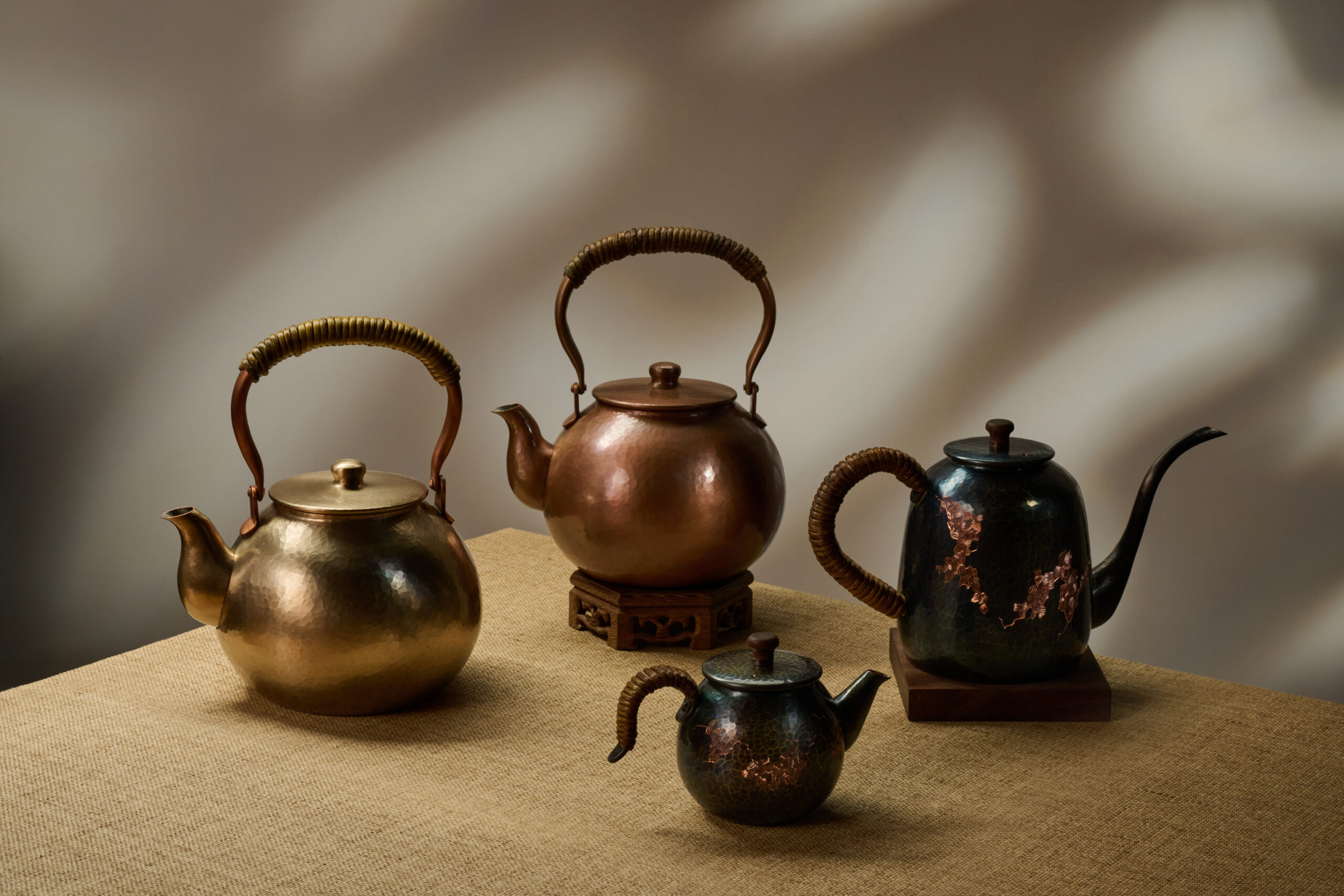
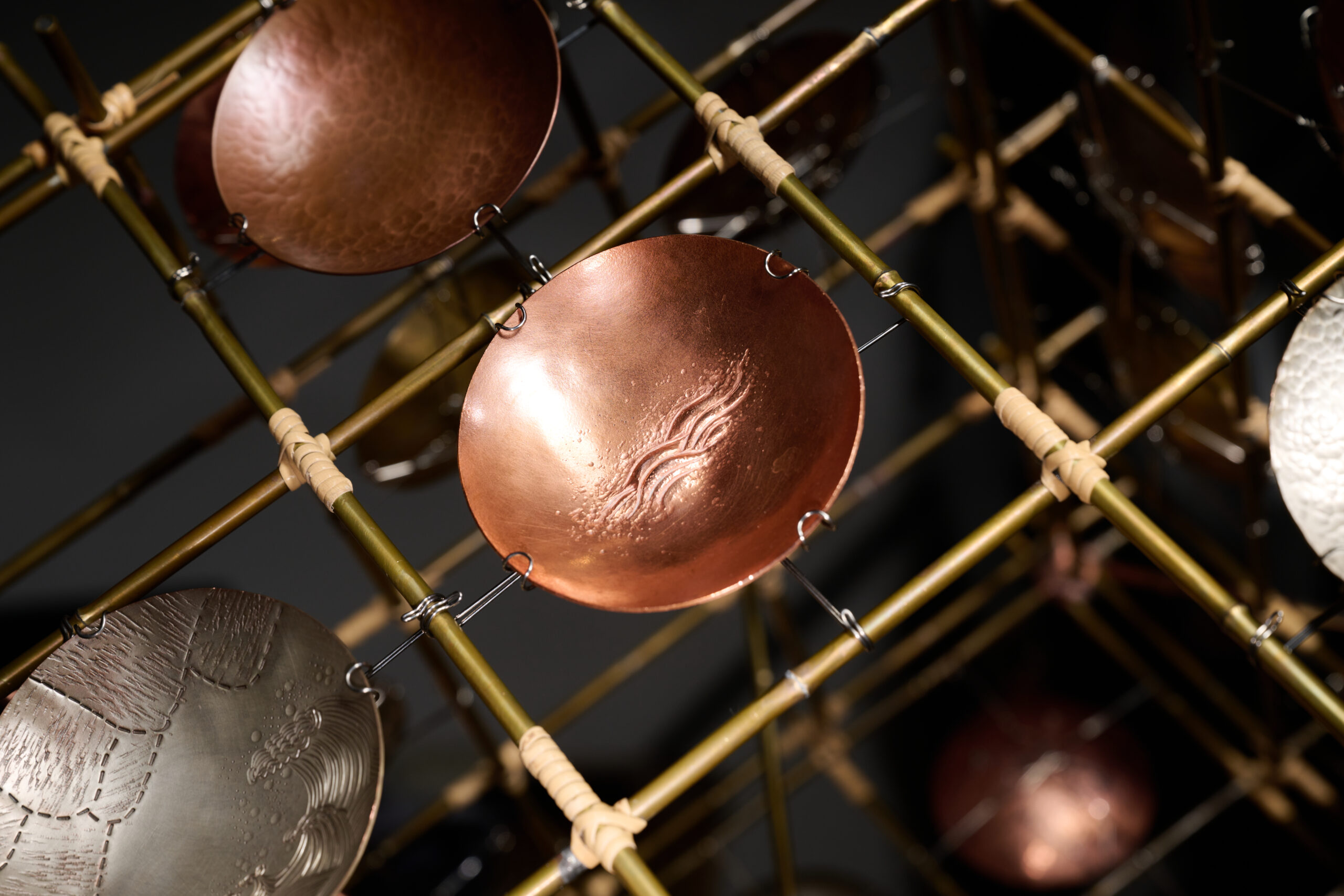
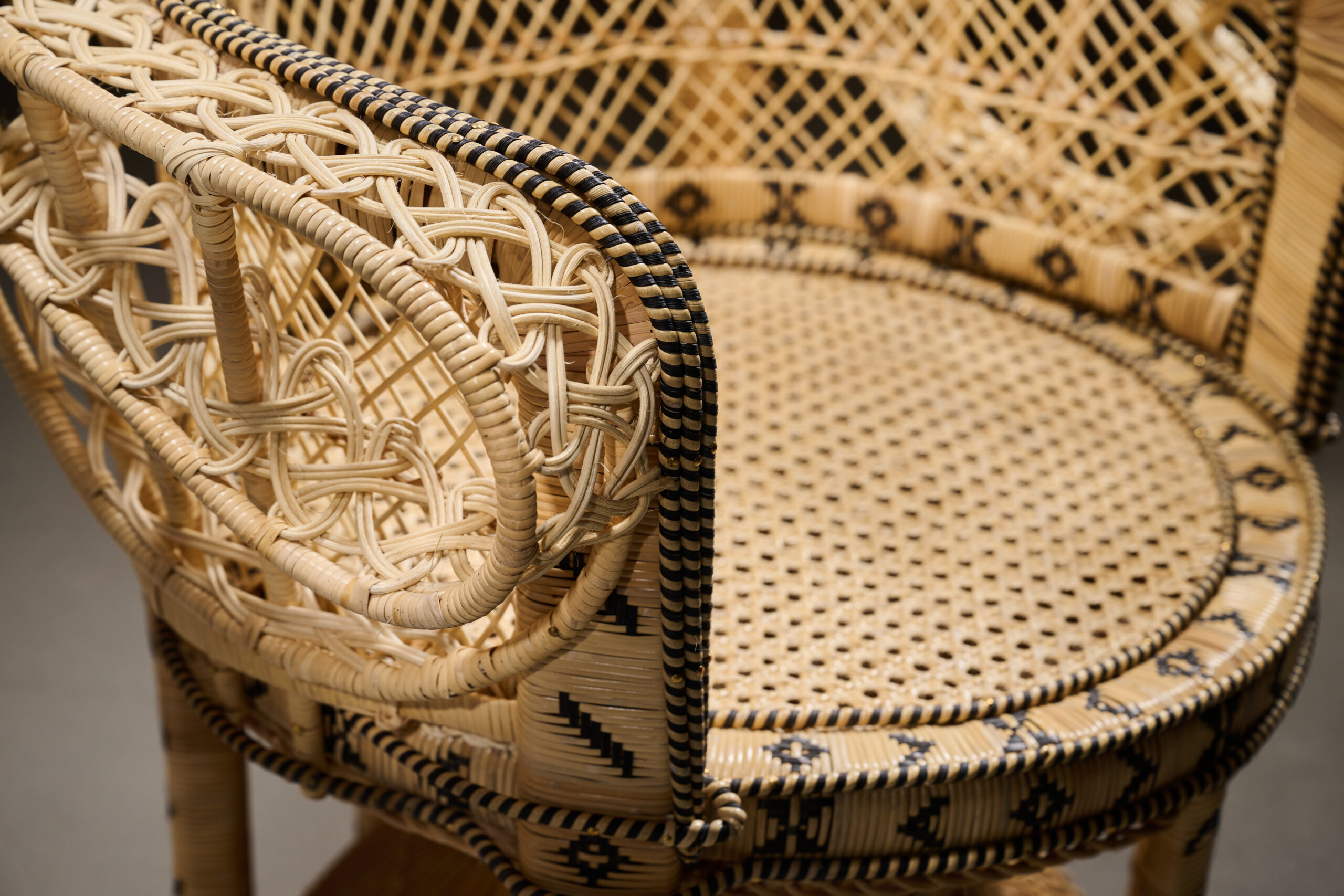
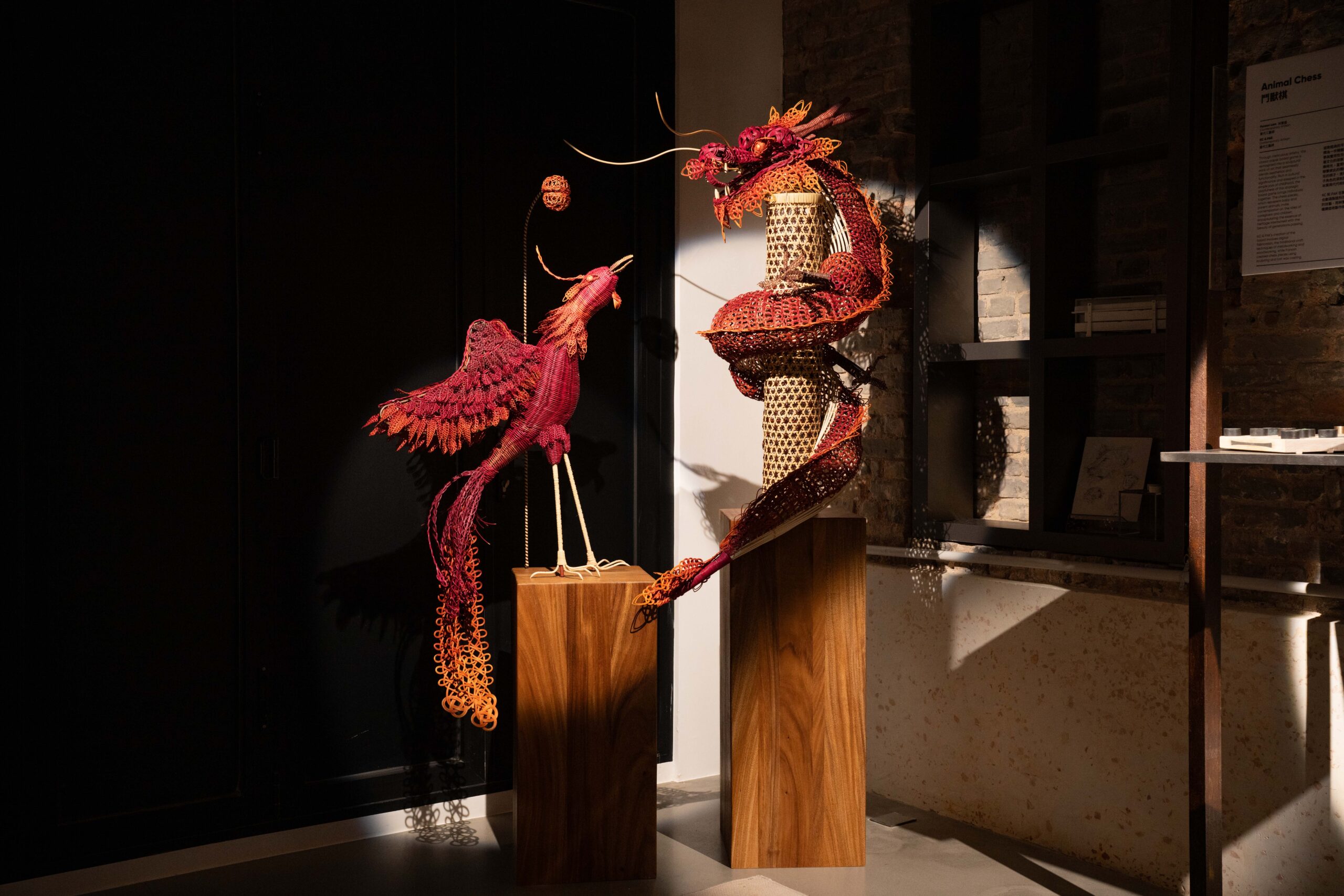
Auspicious Horizons
Yue Kee Rattan Factory & Ahung Masikadd & Barnard Chan & Cecilia Lai


